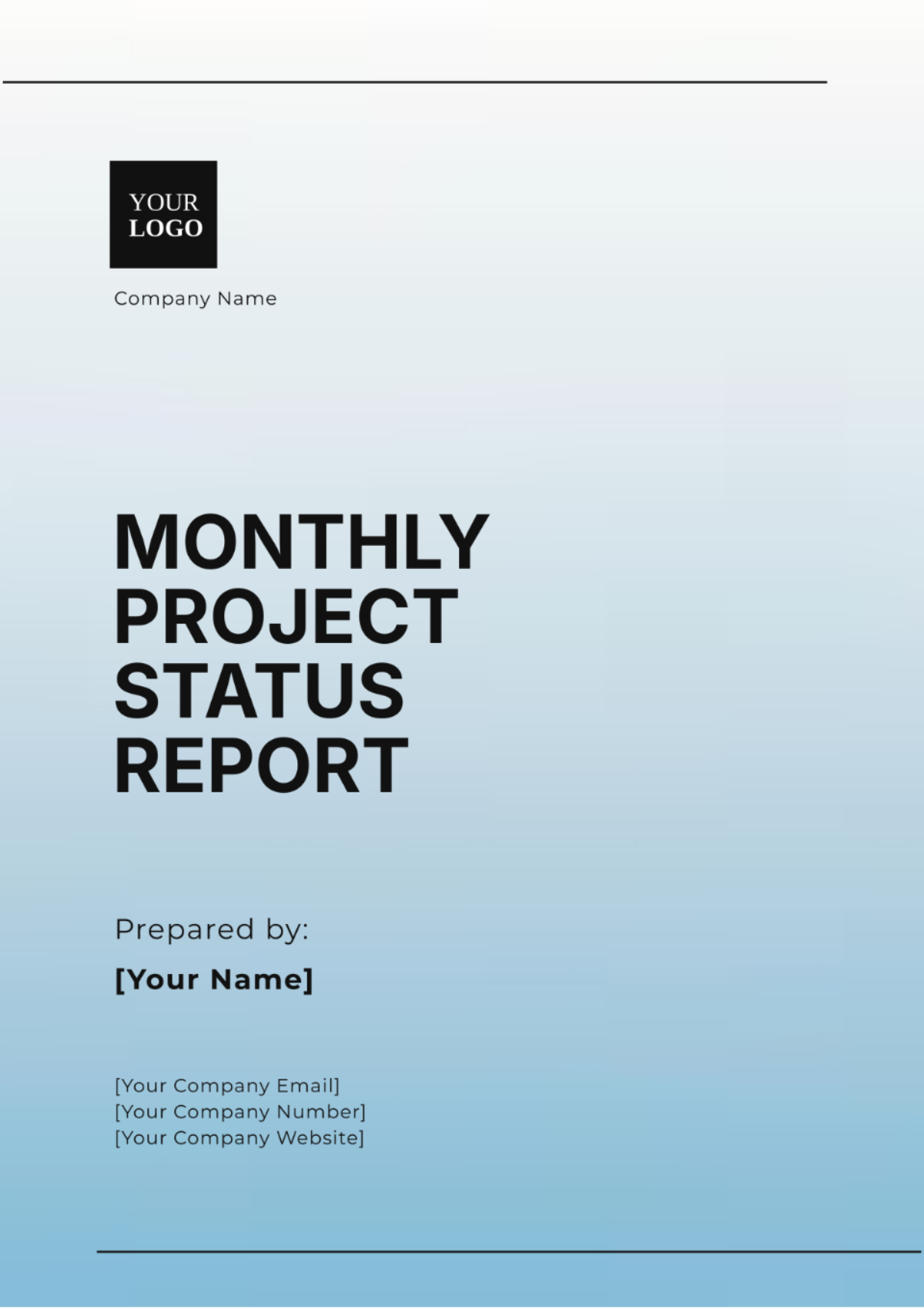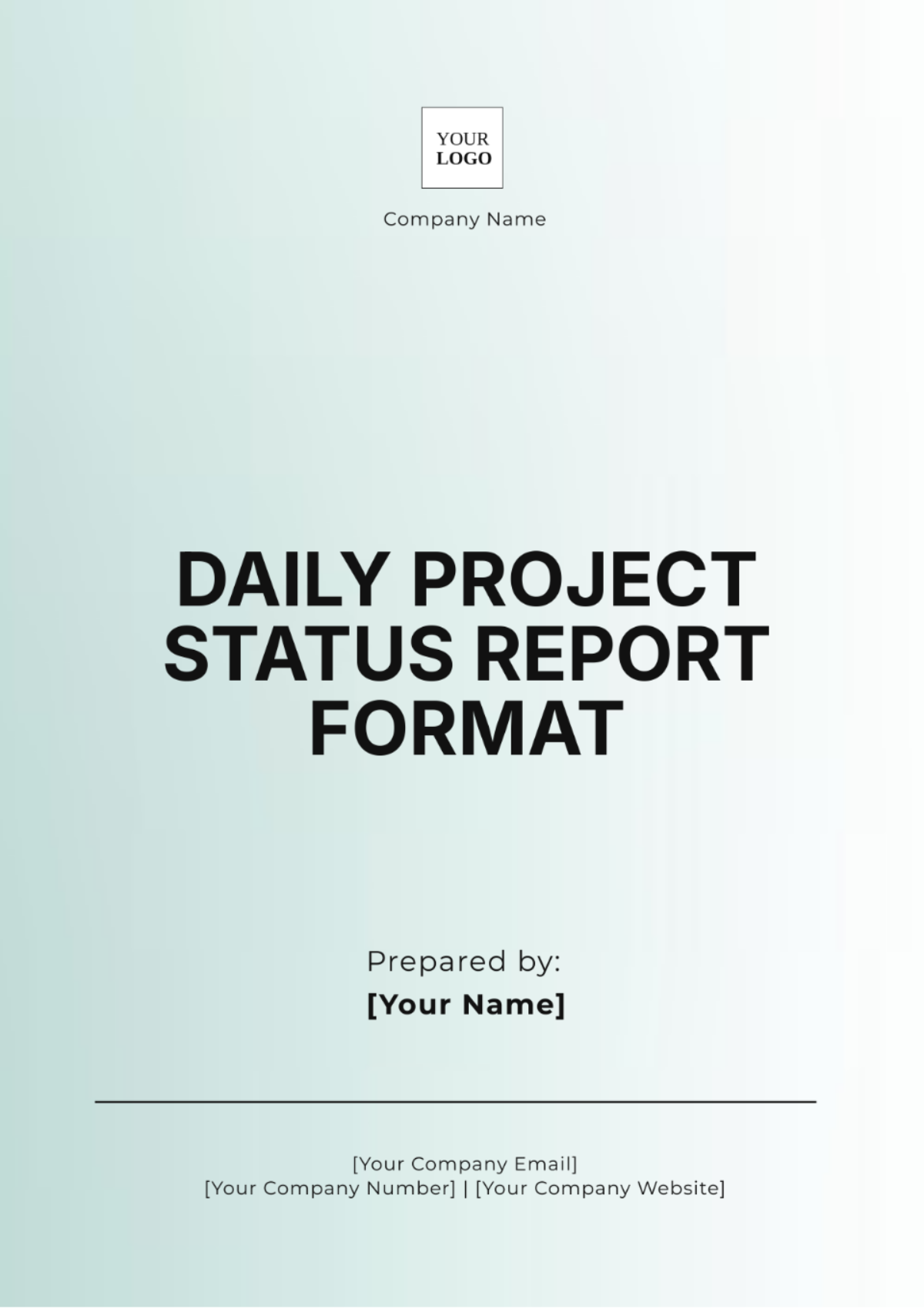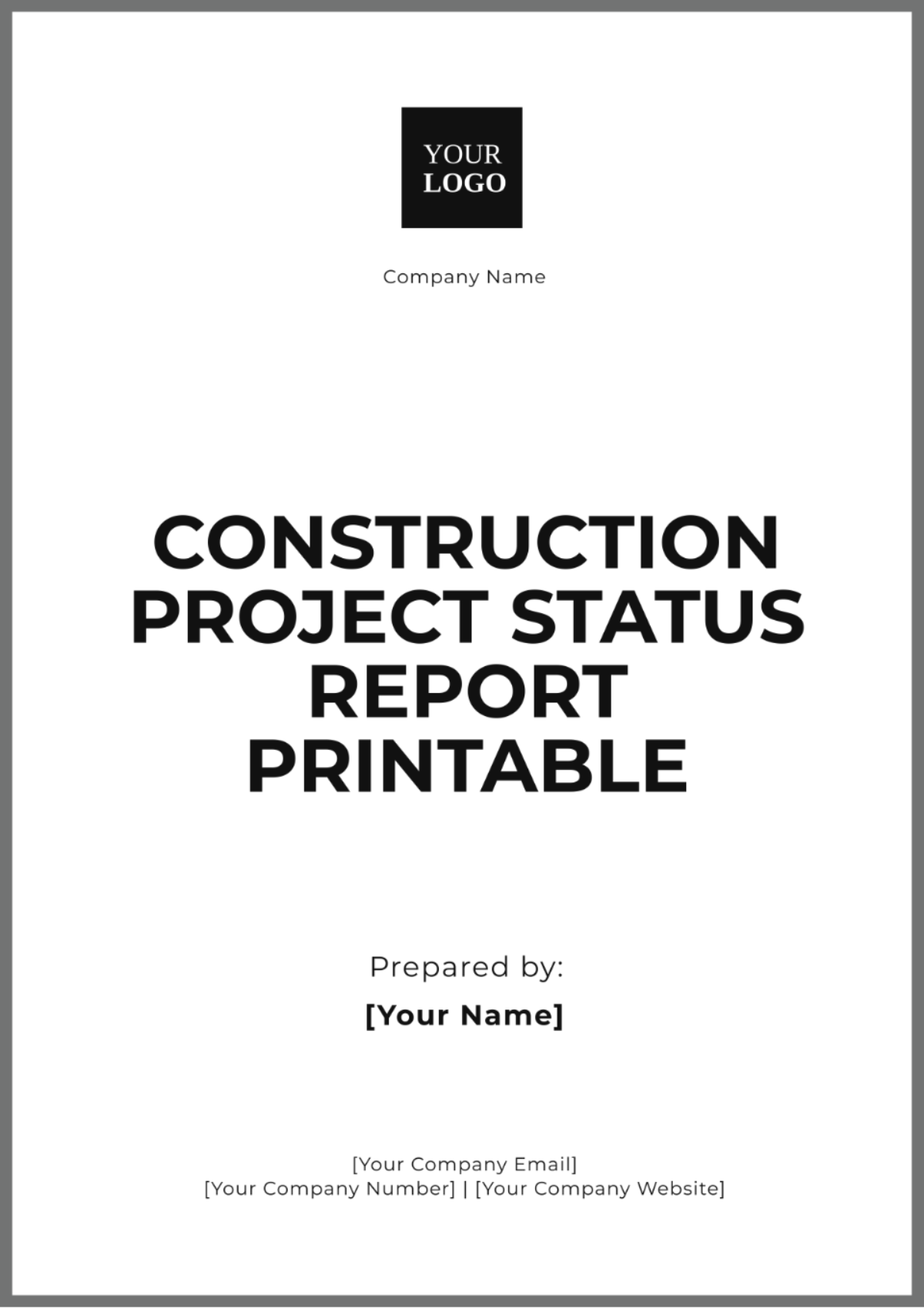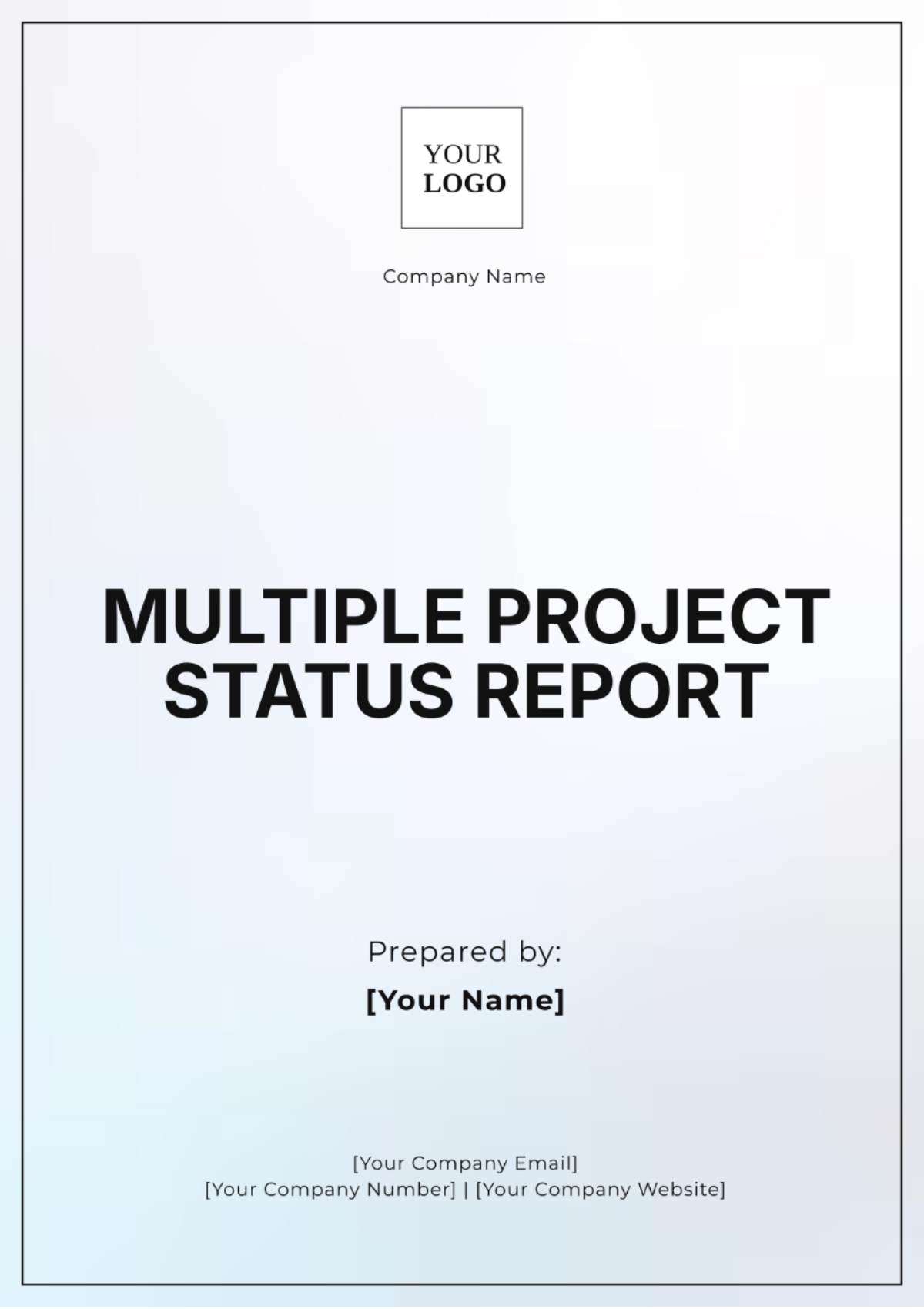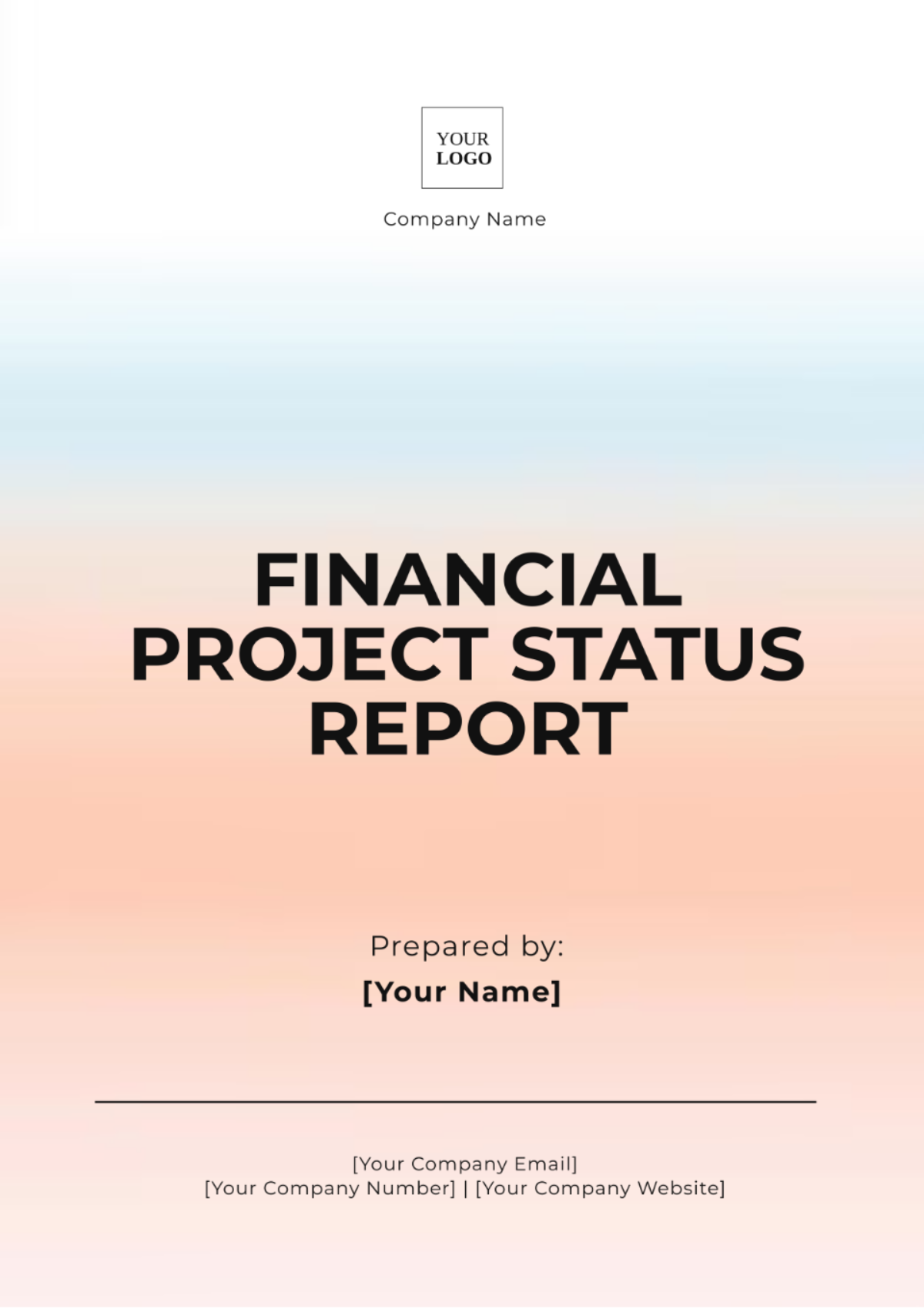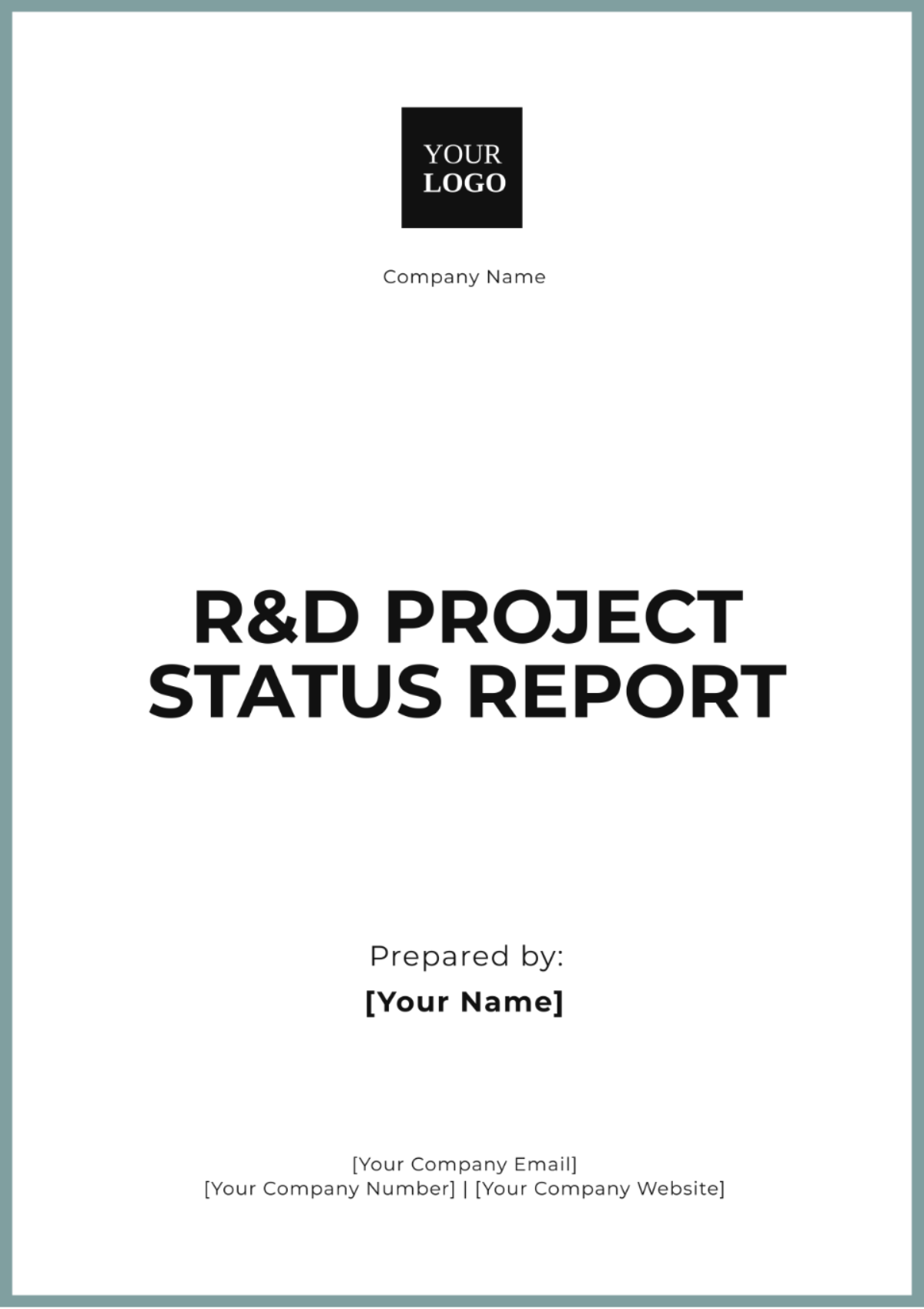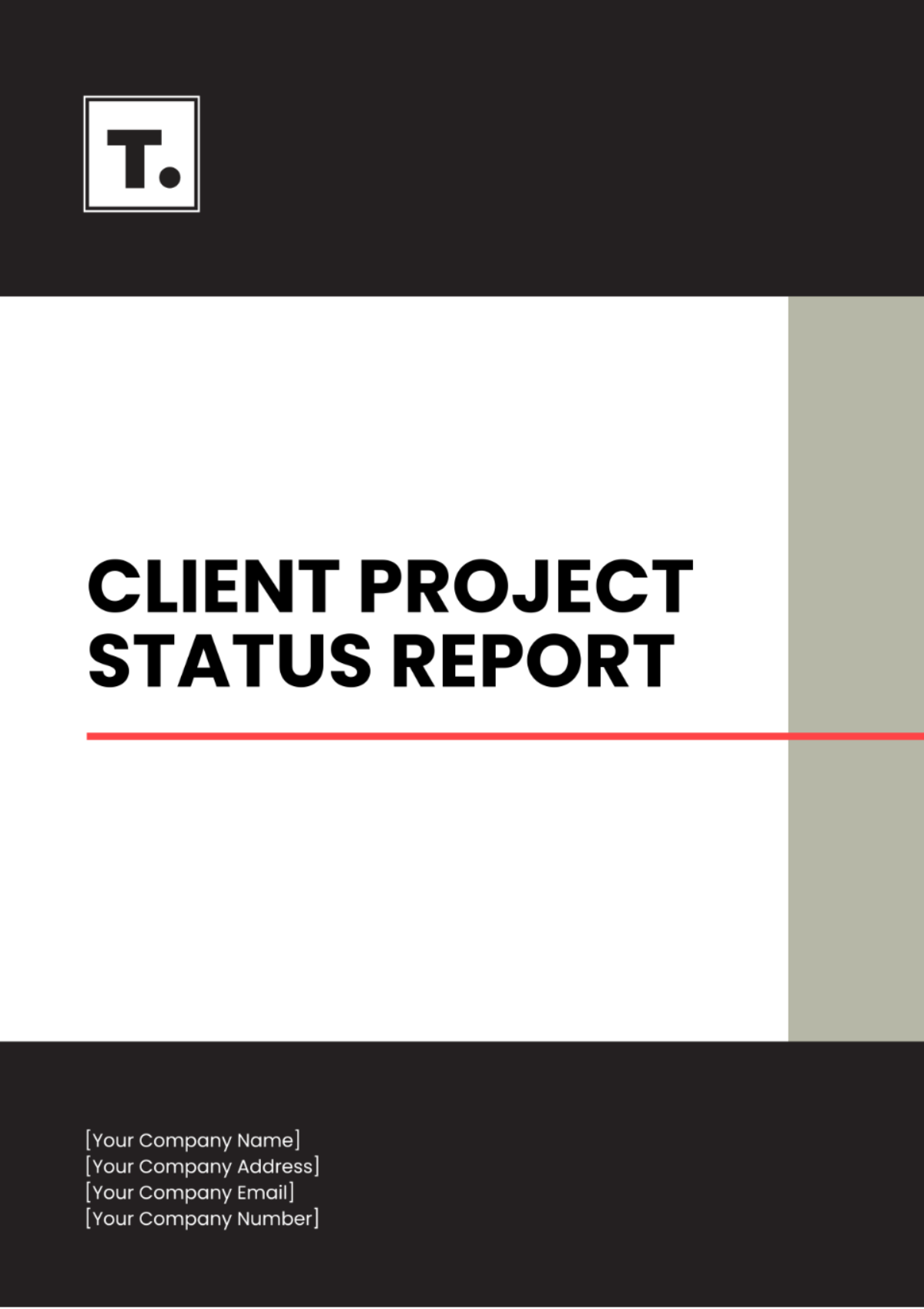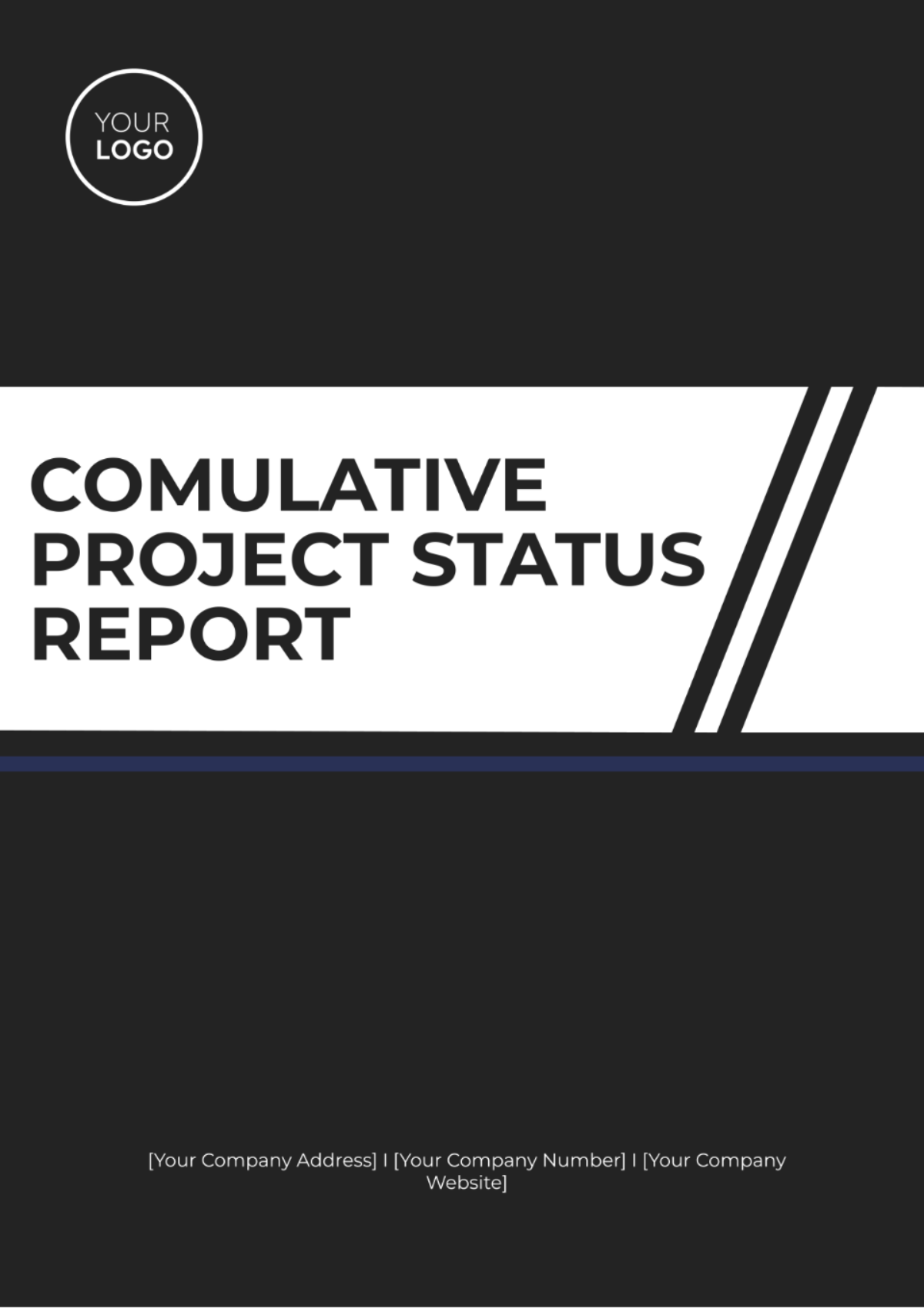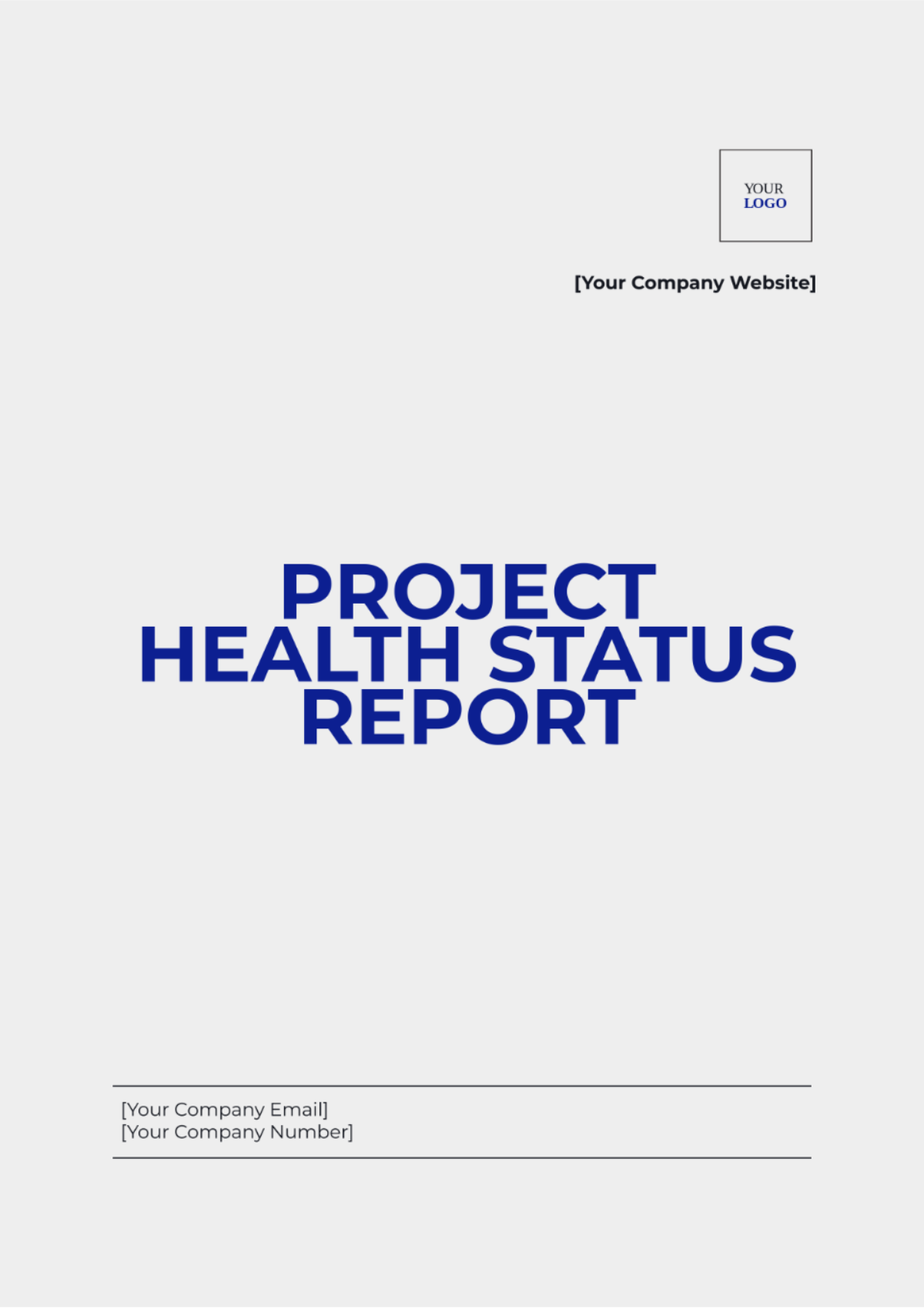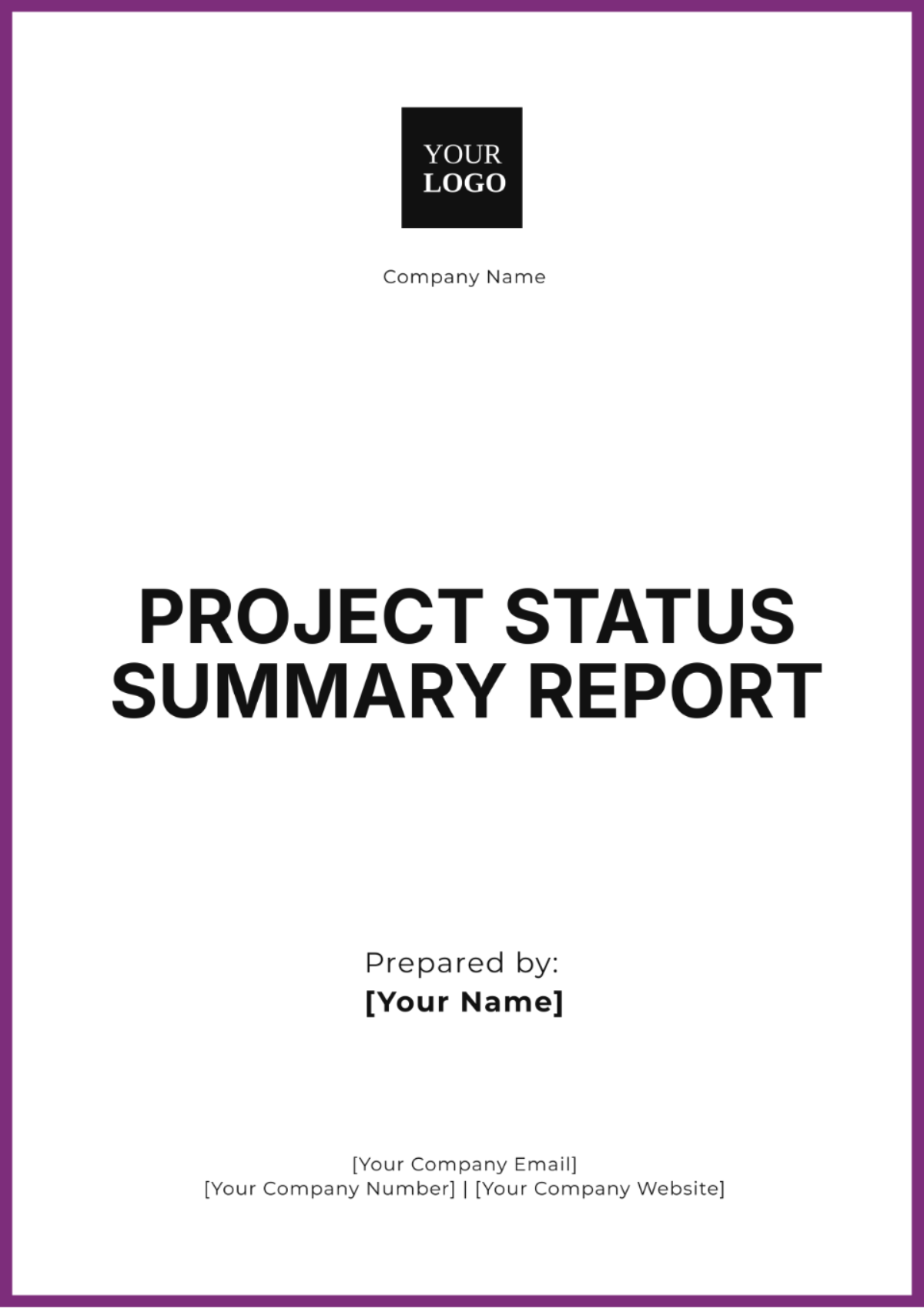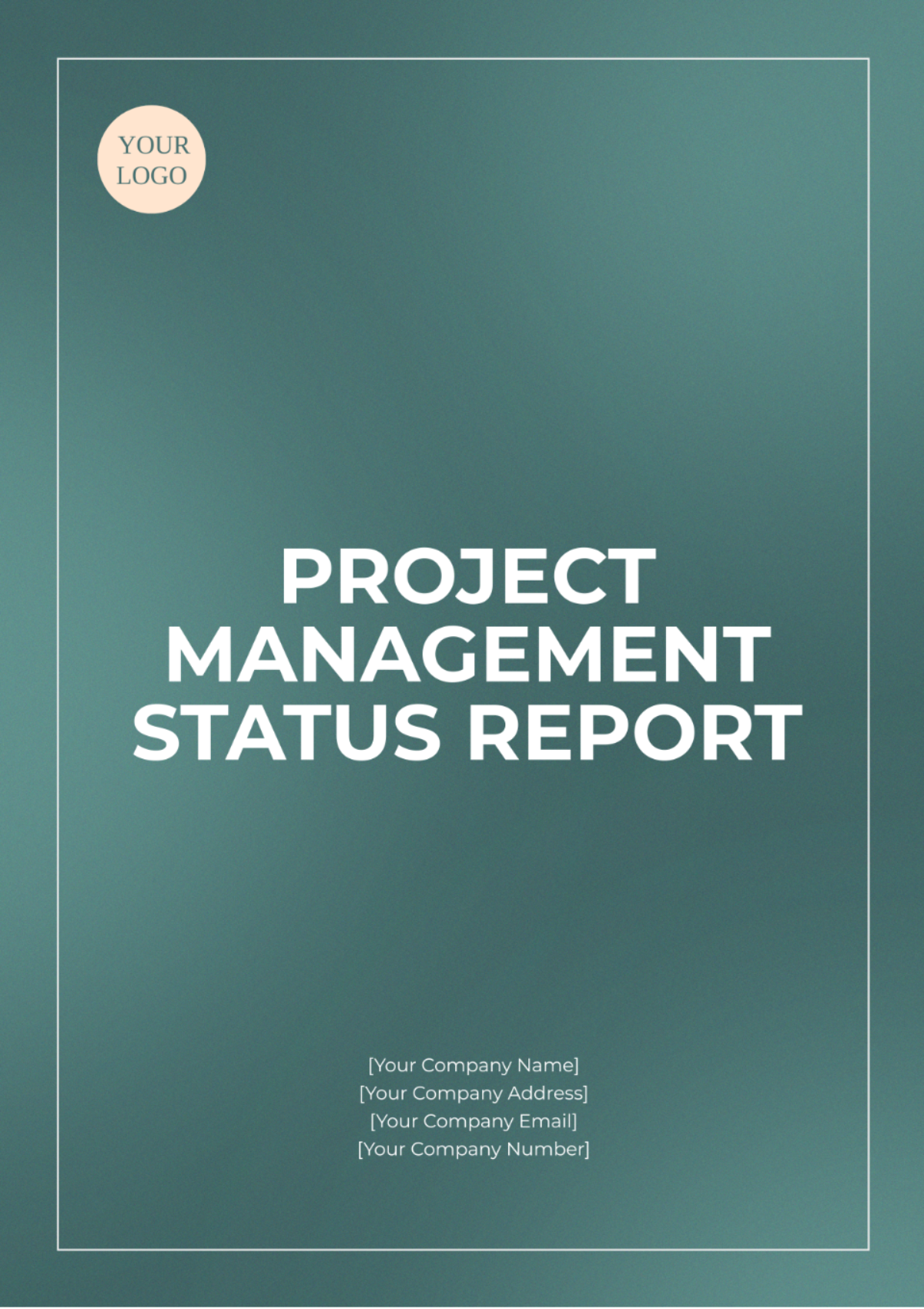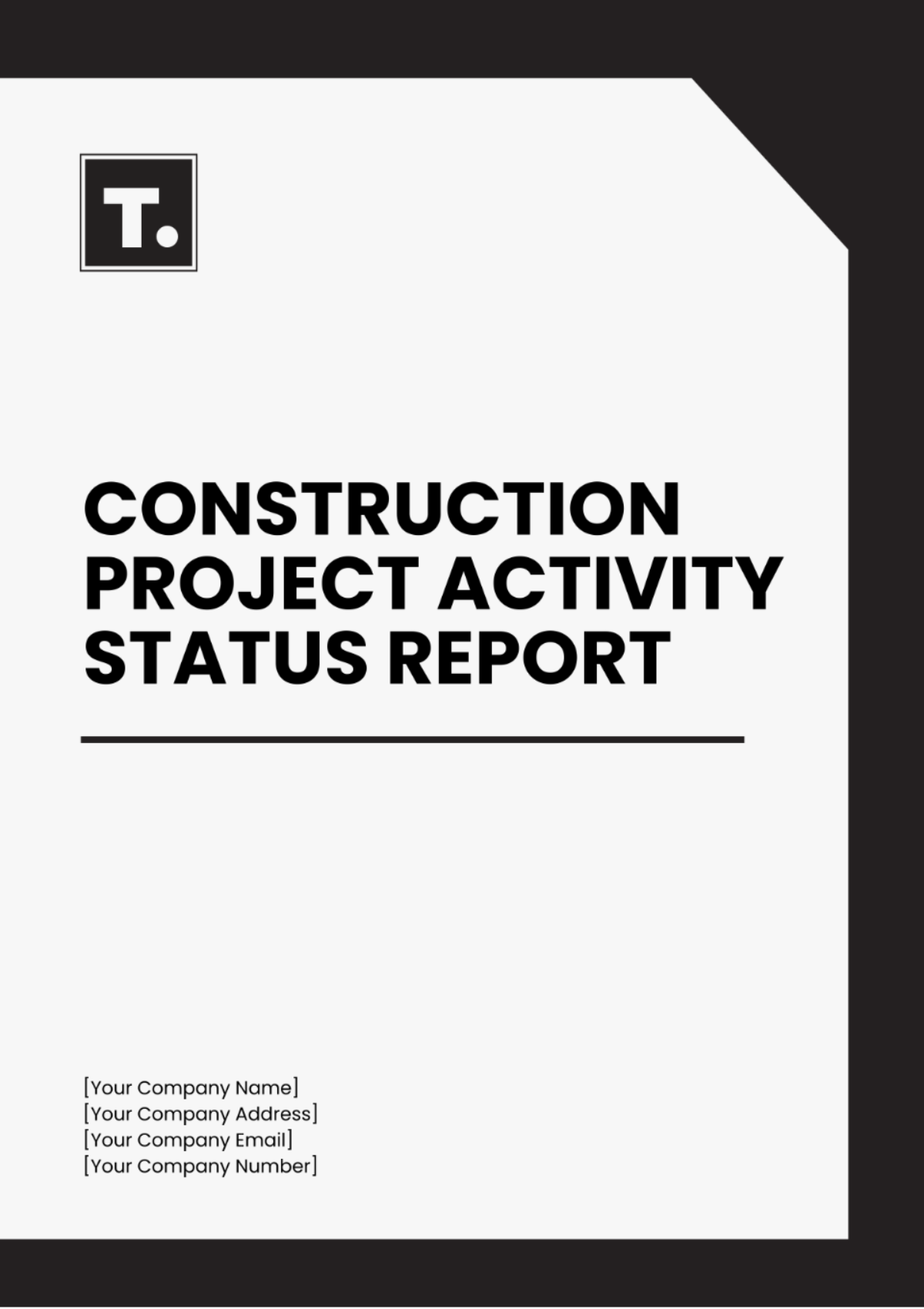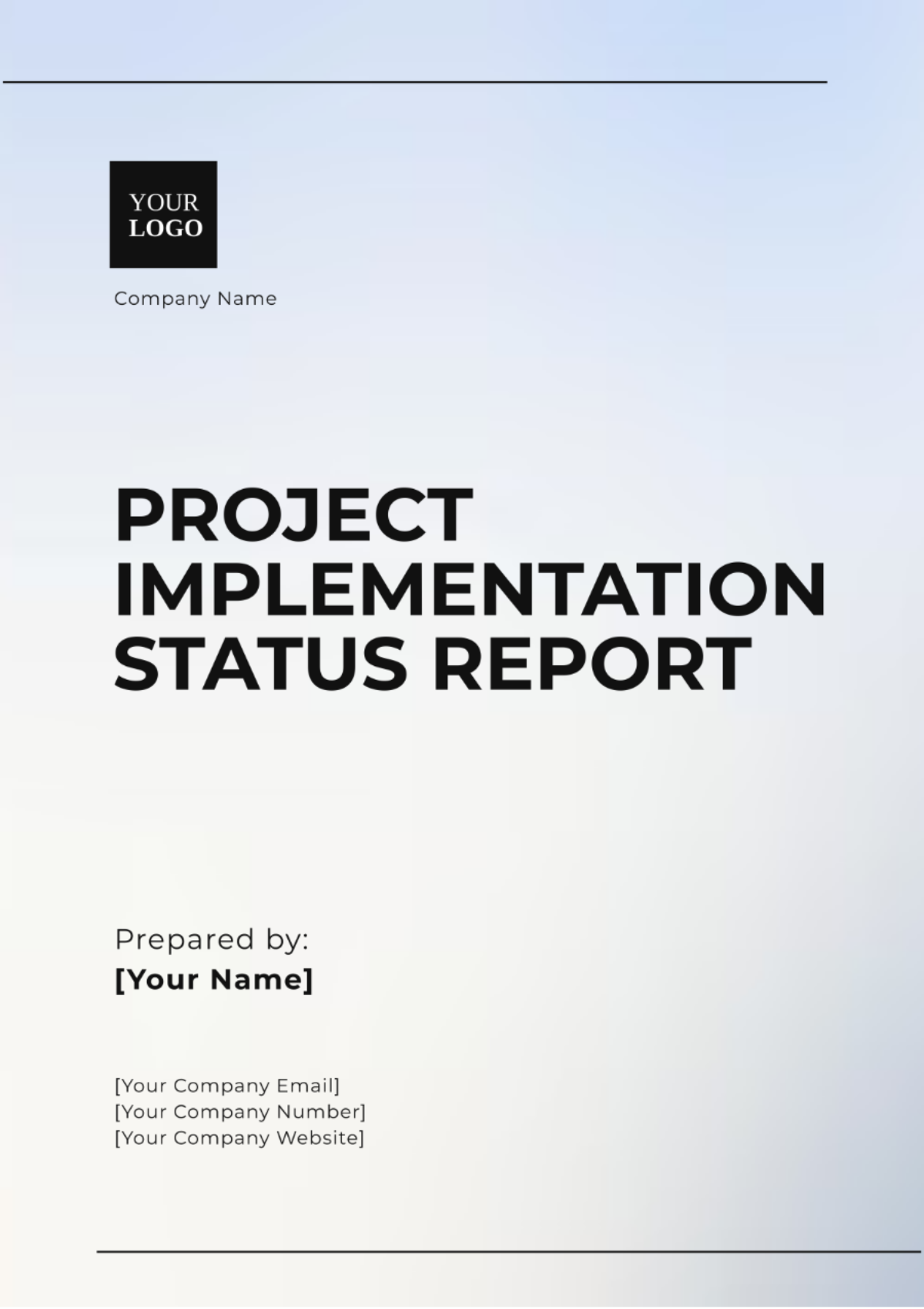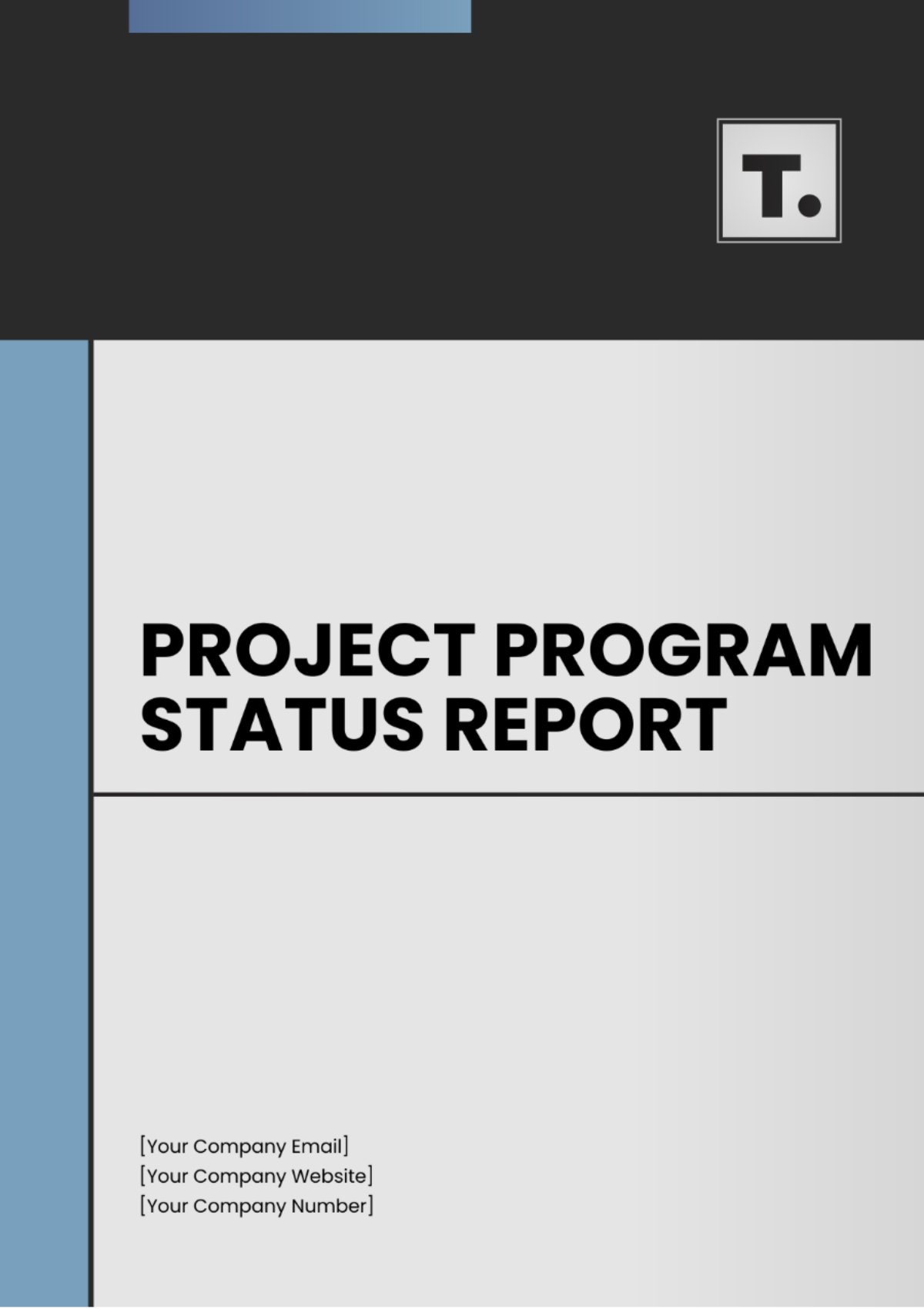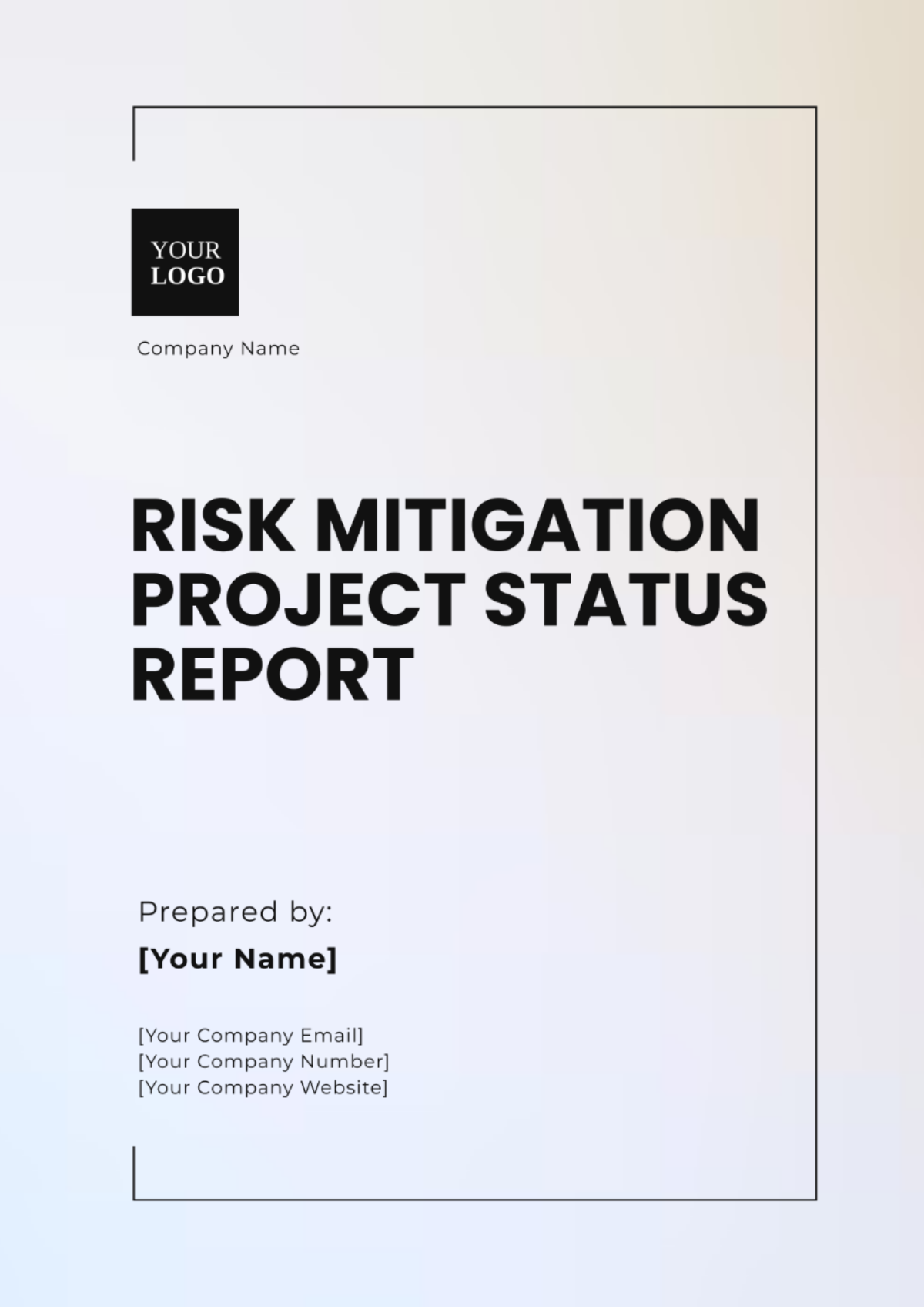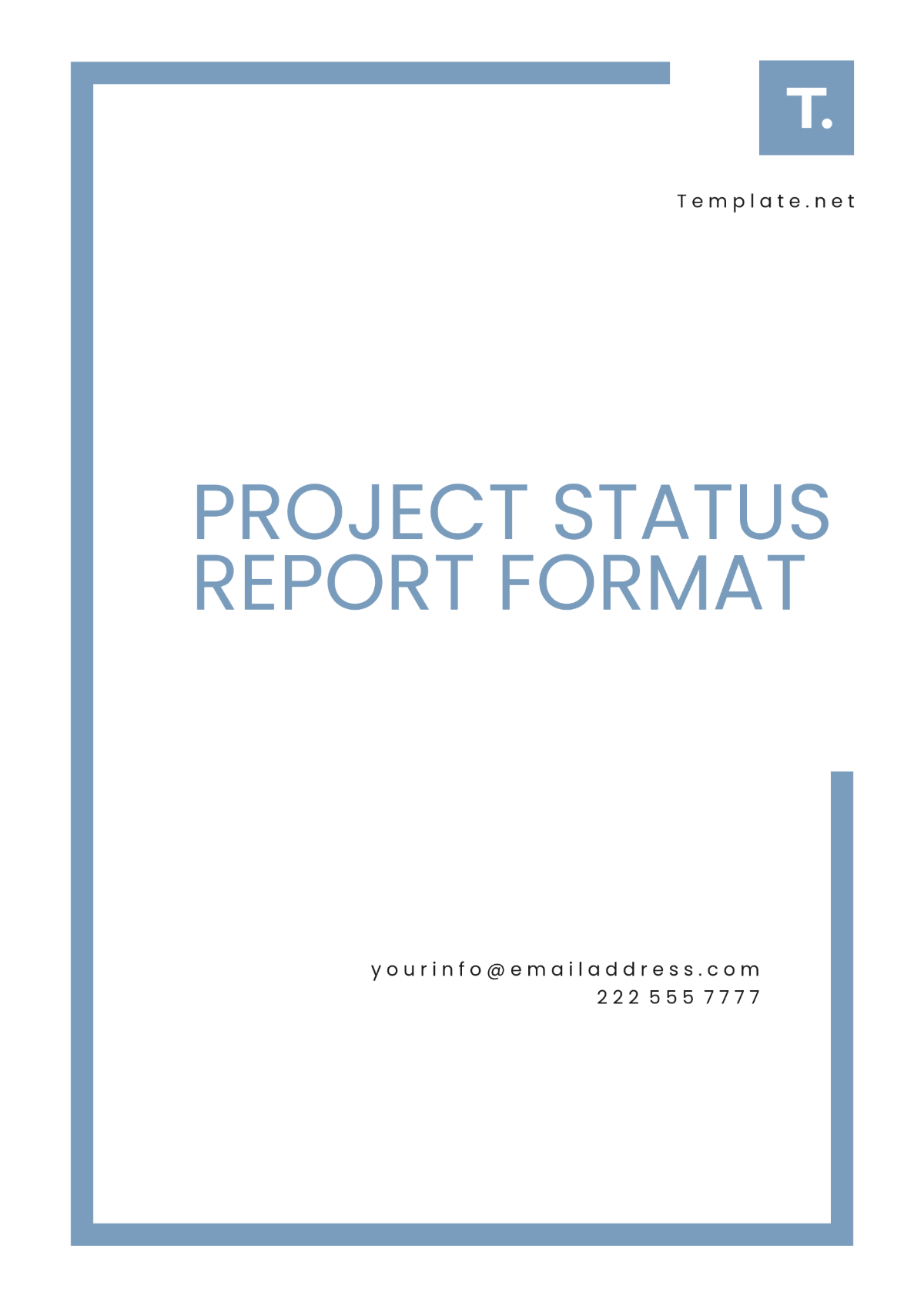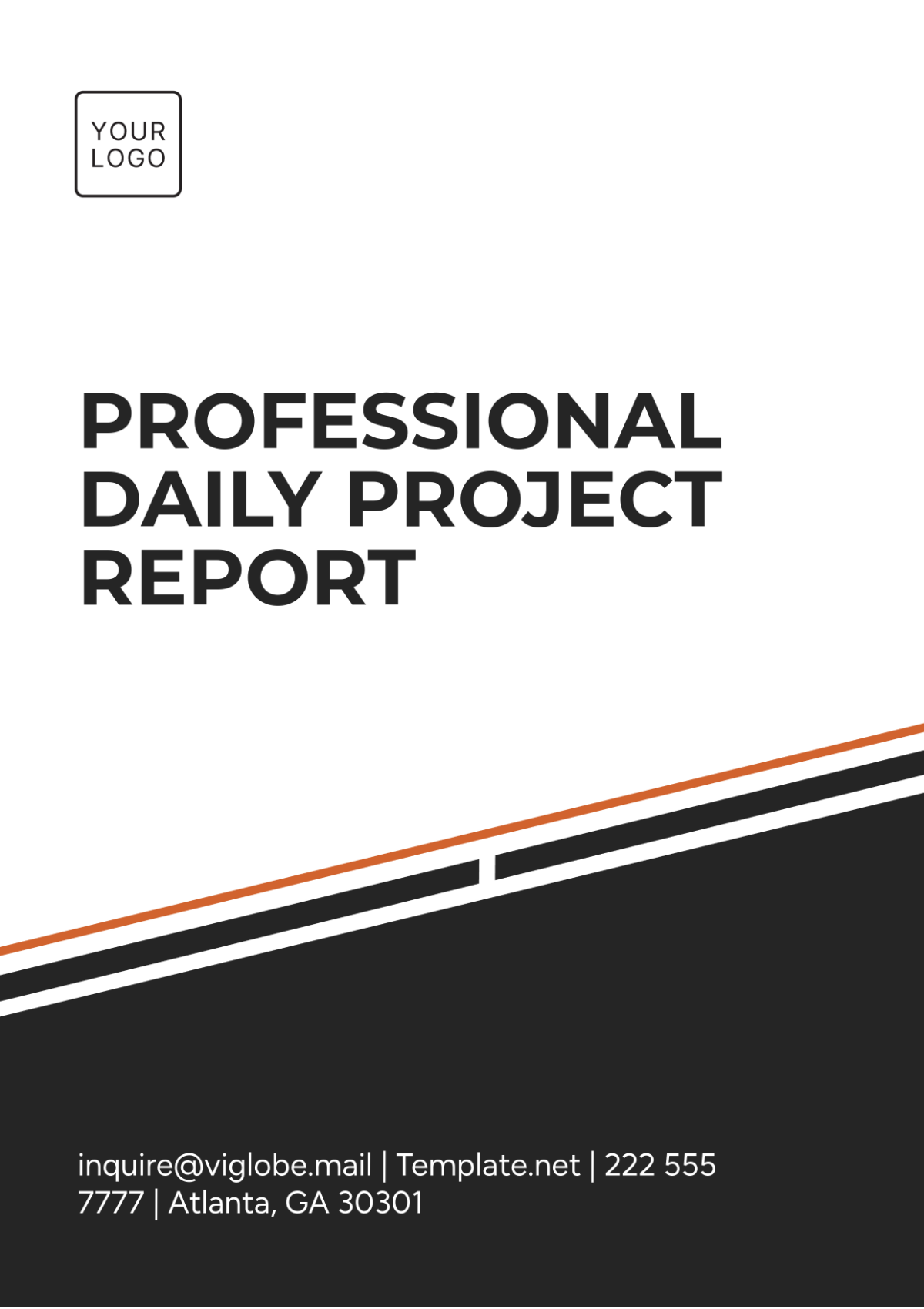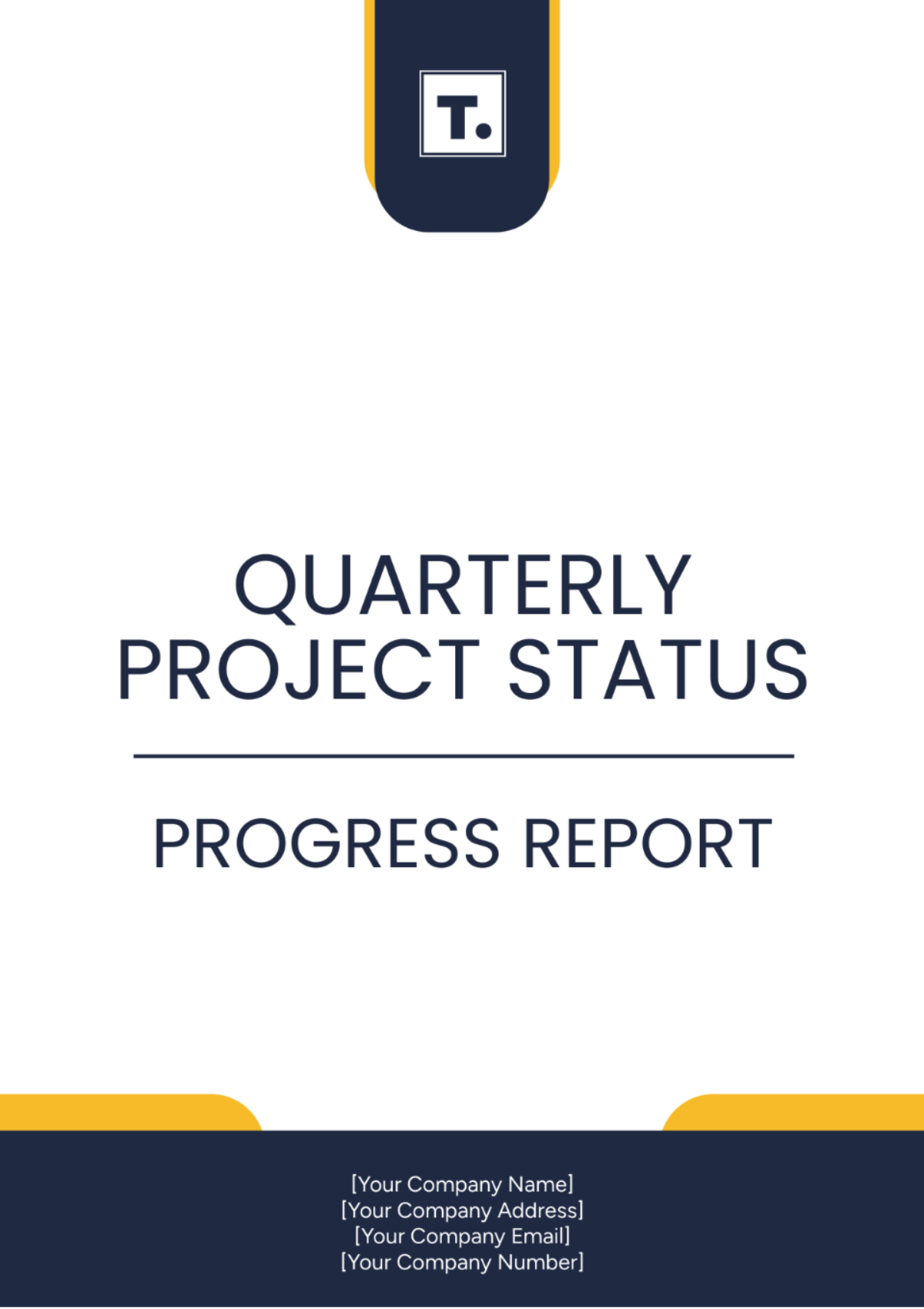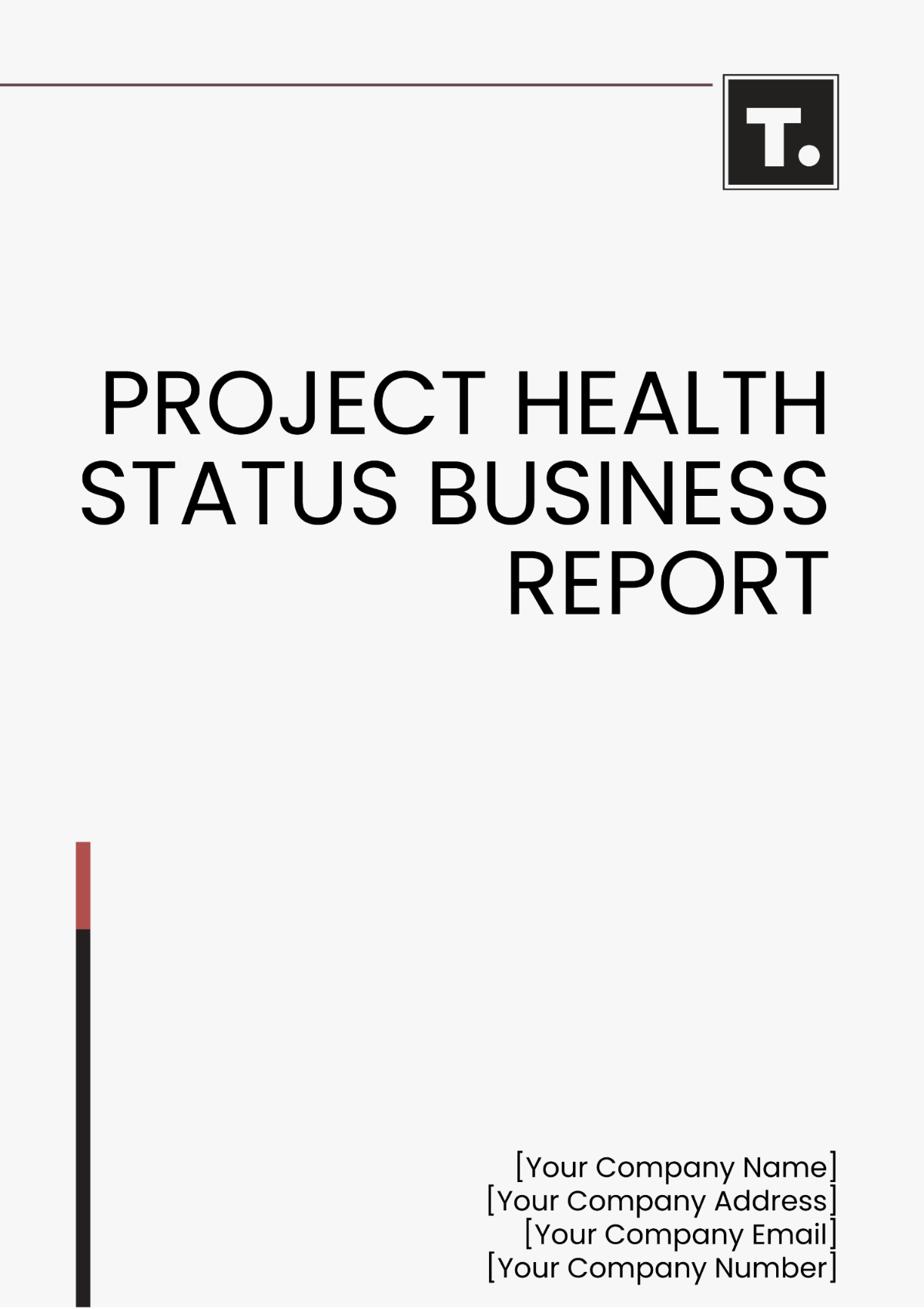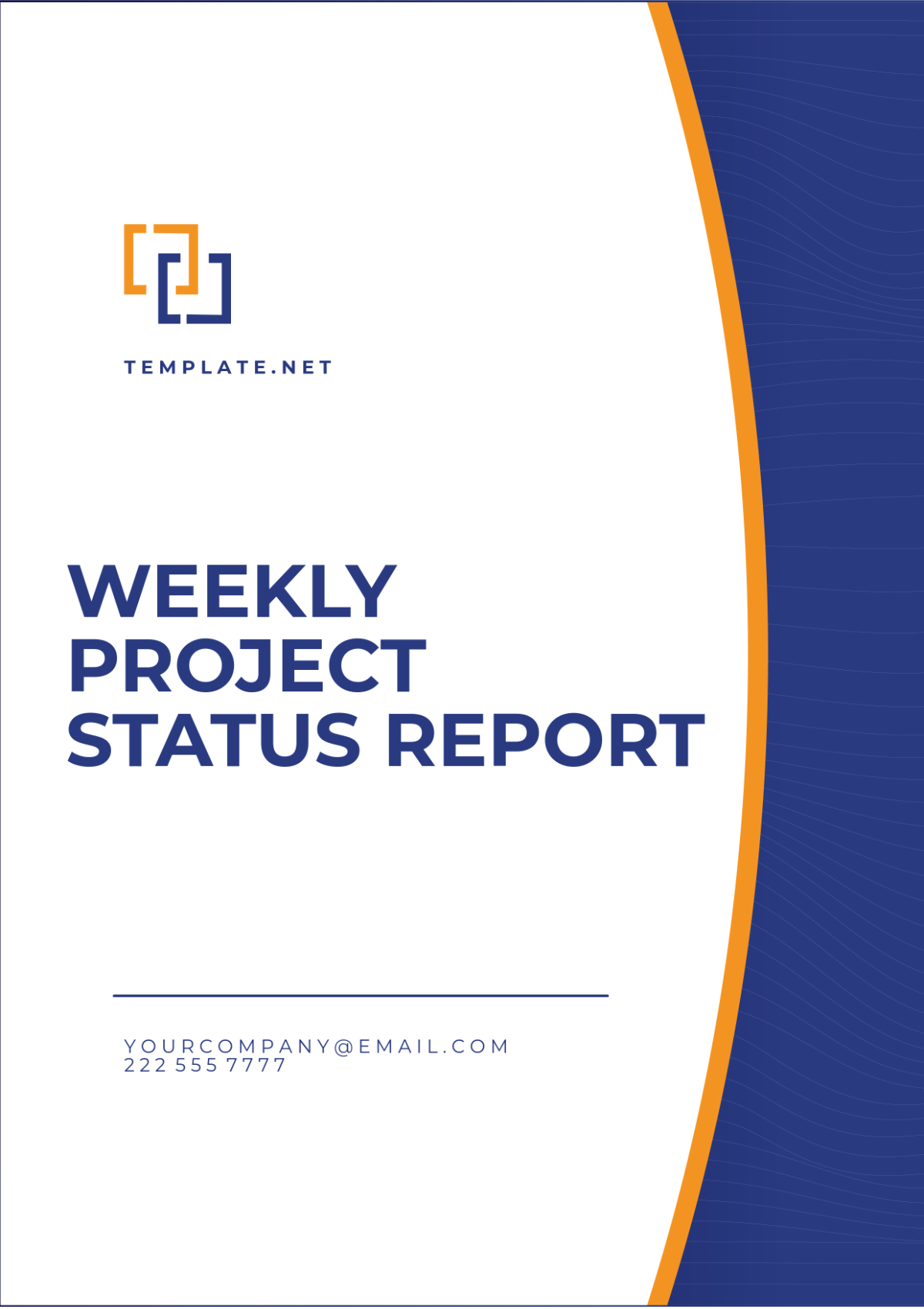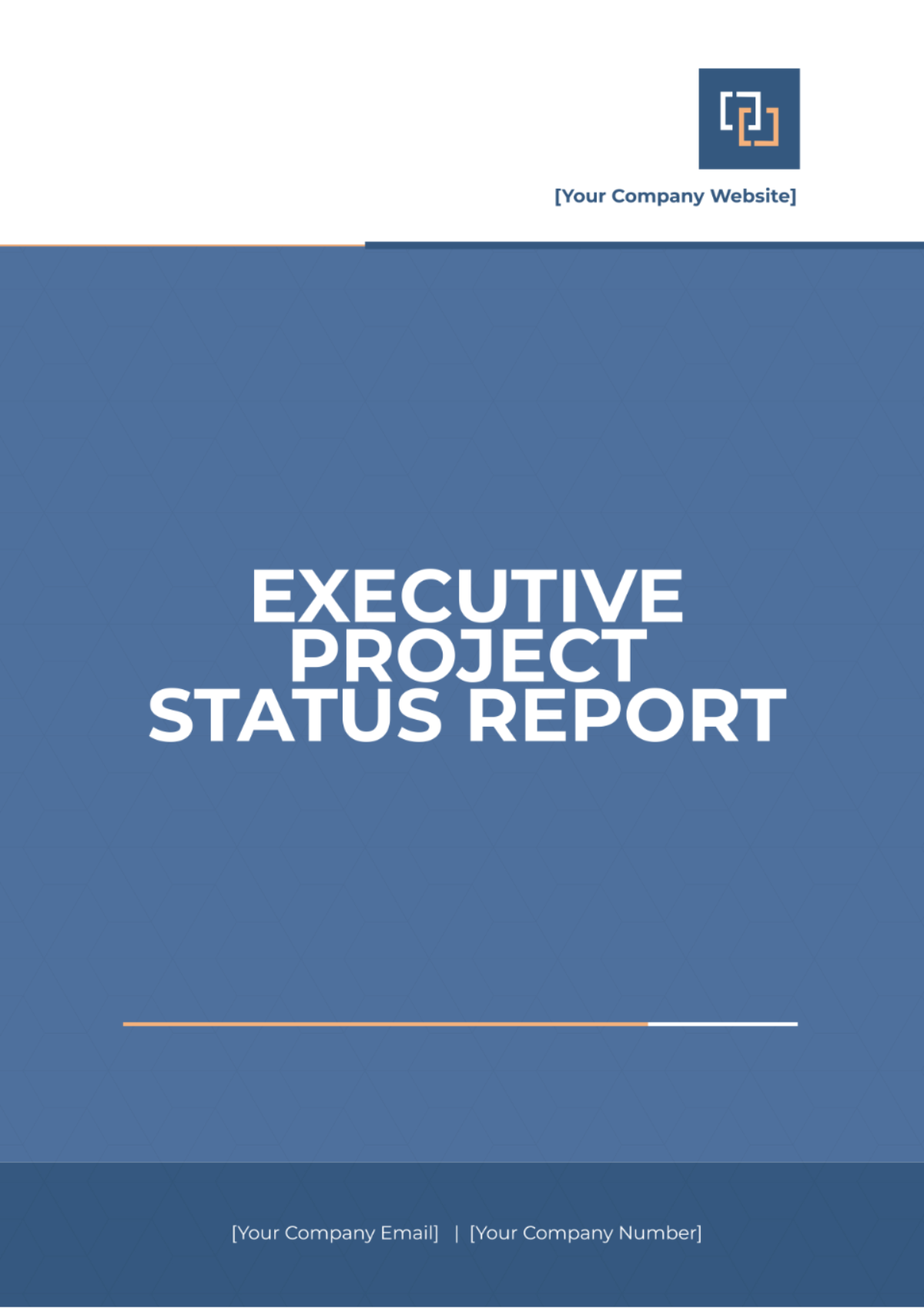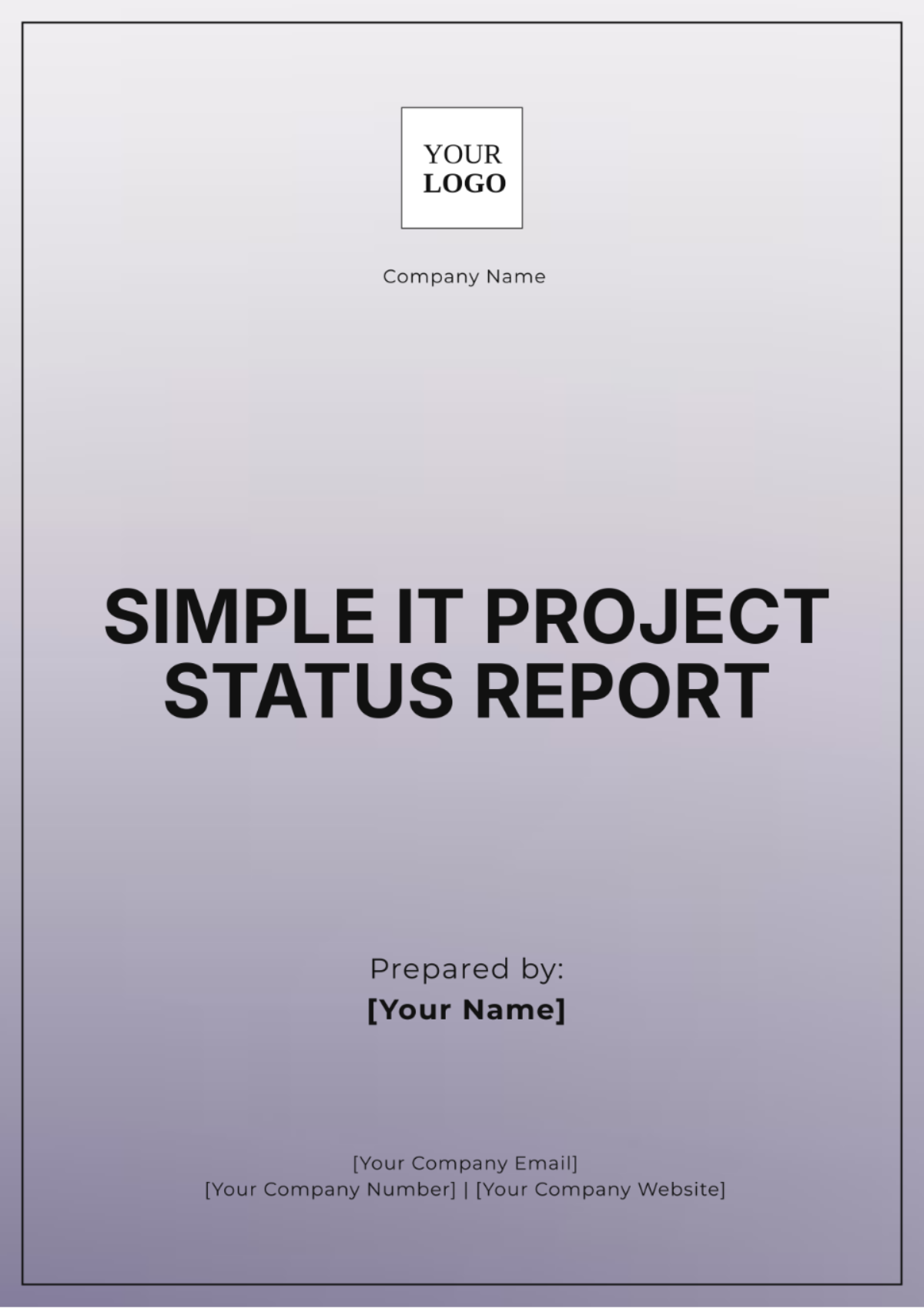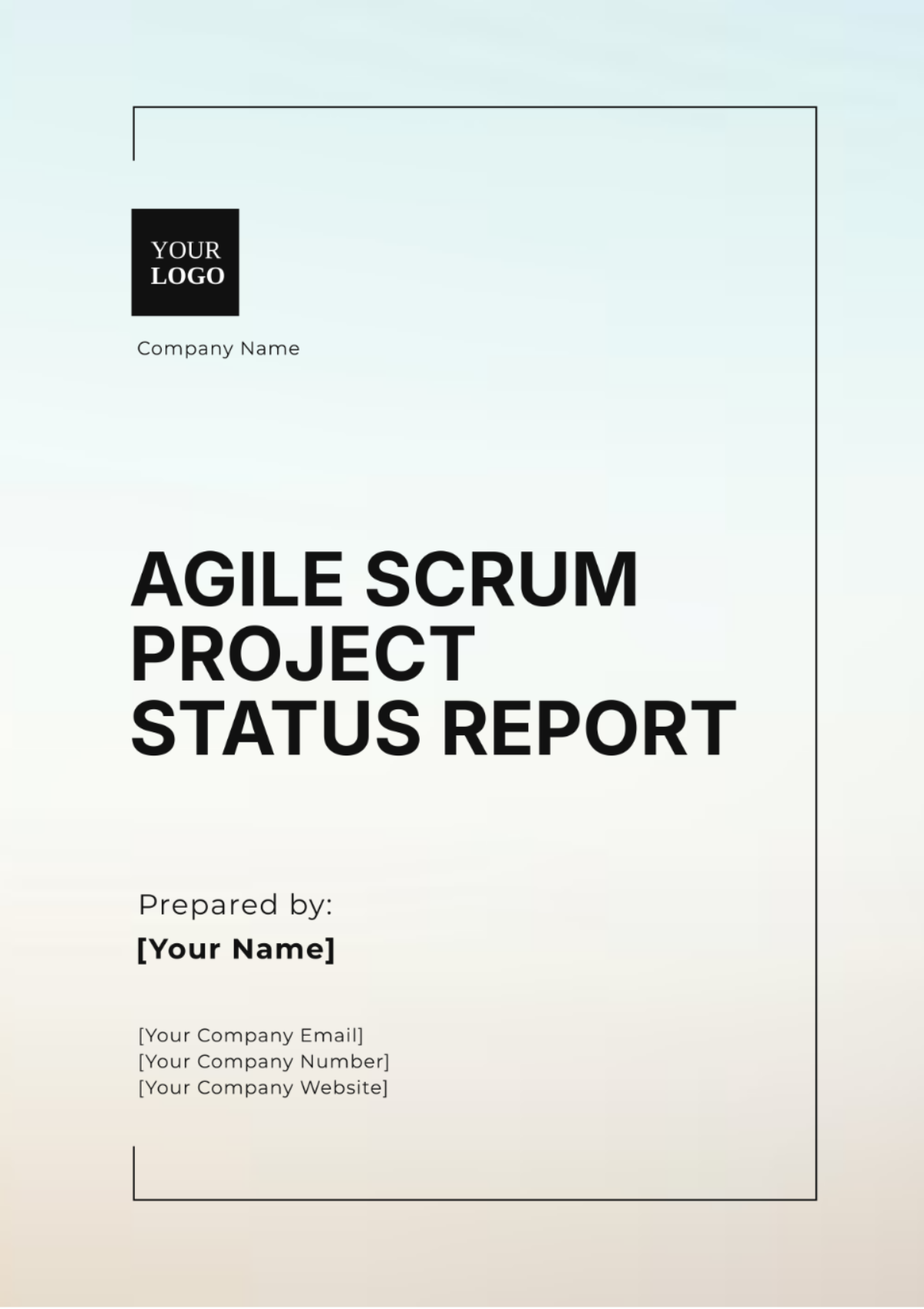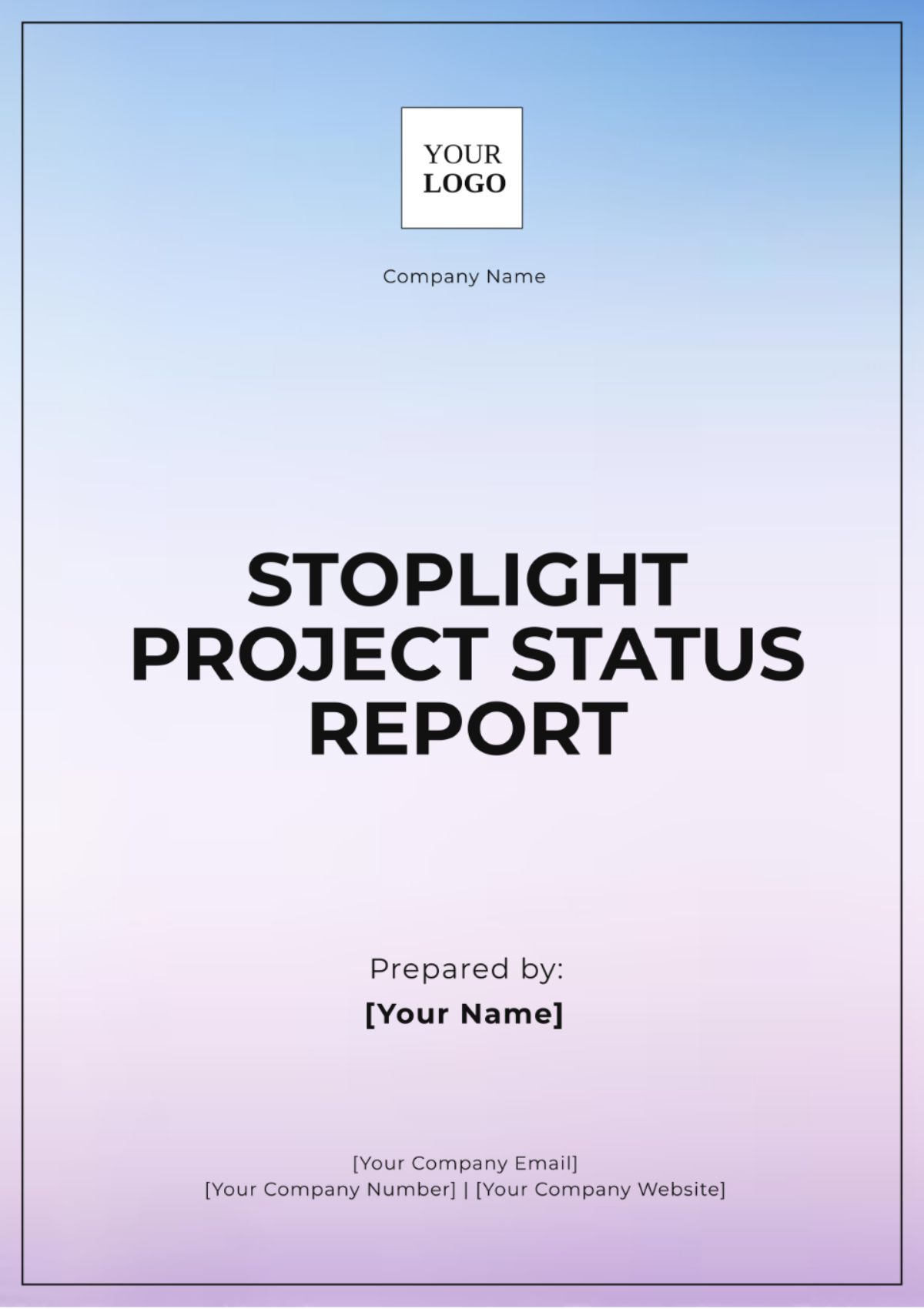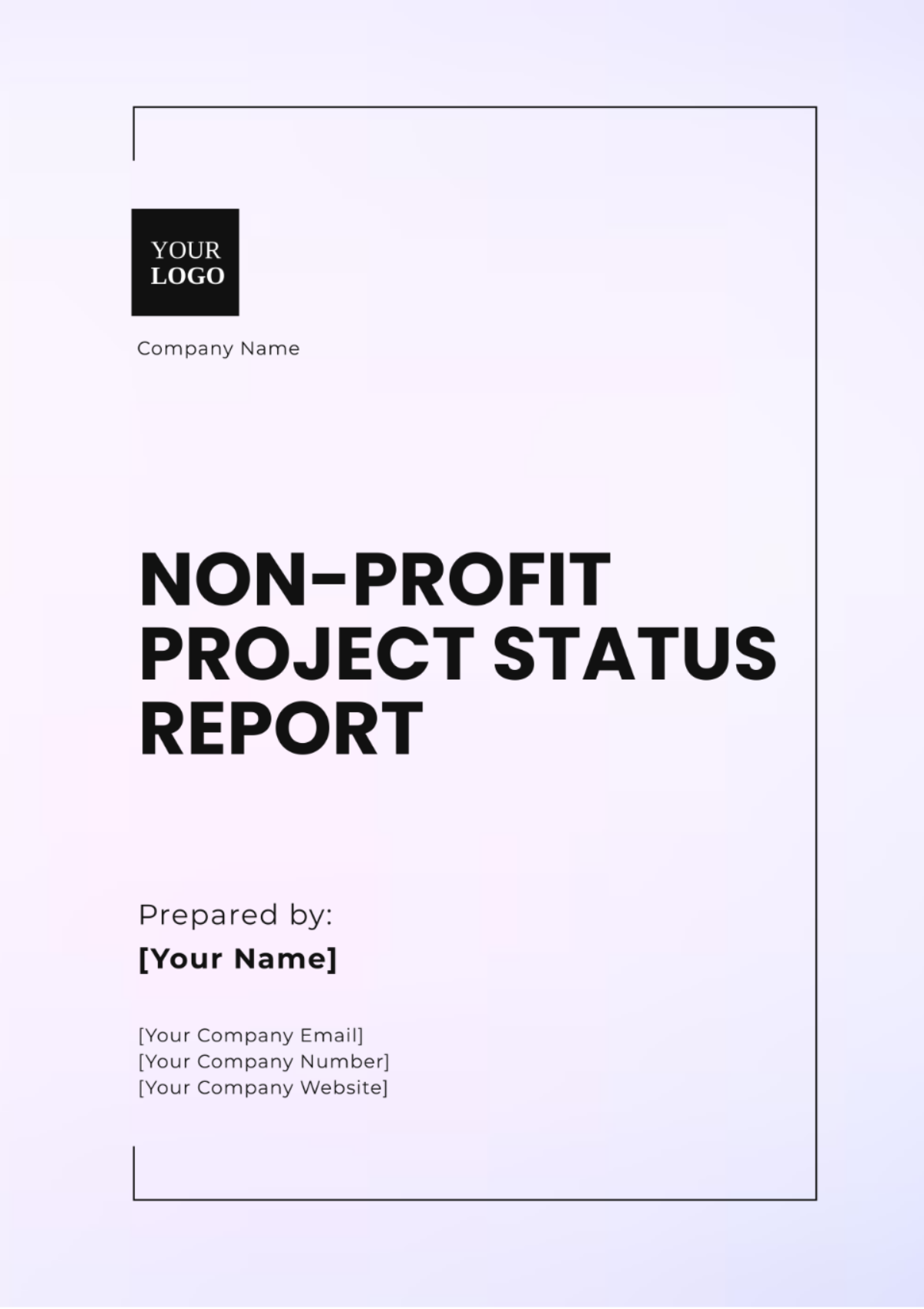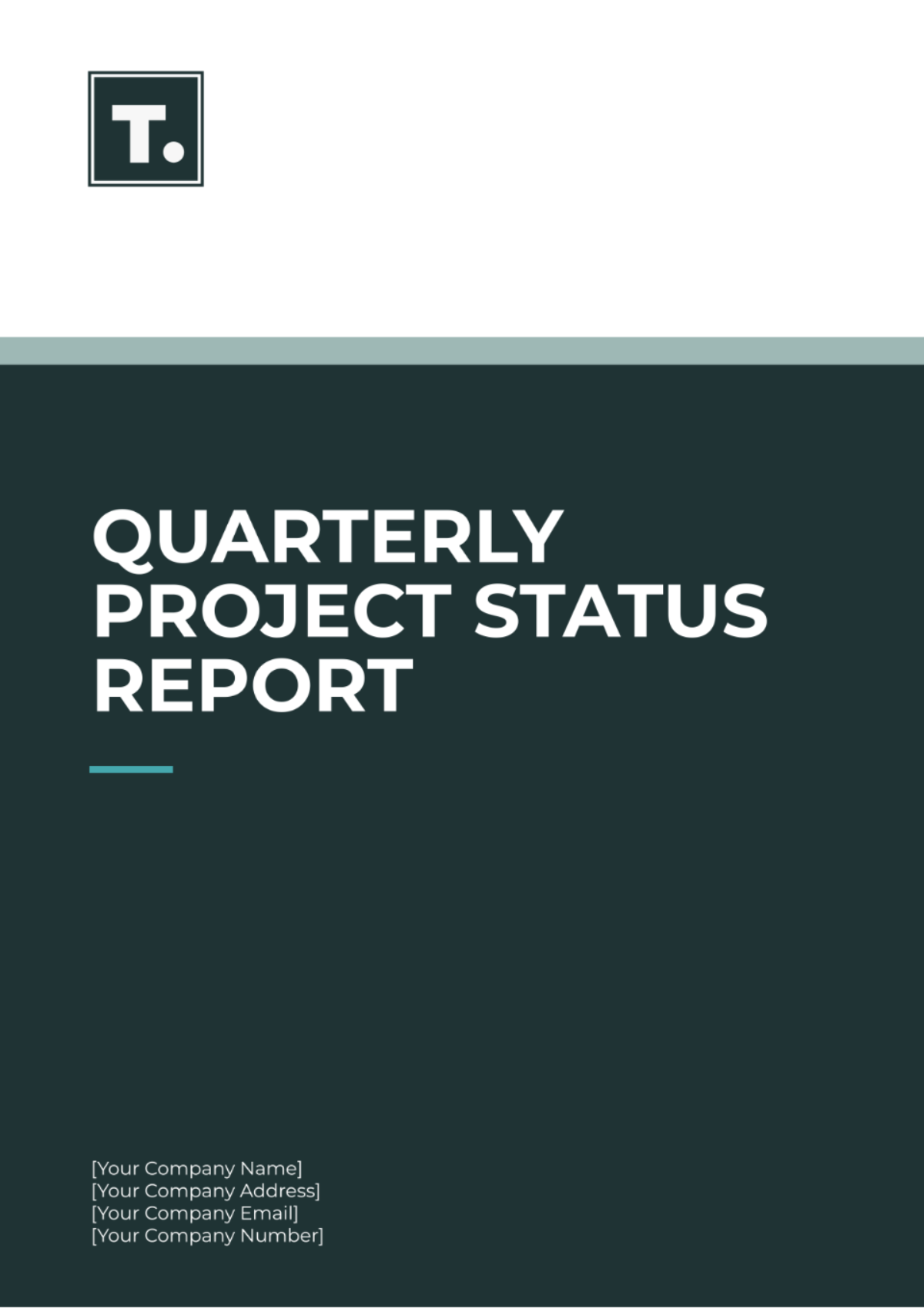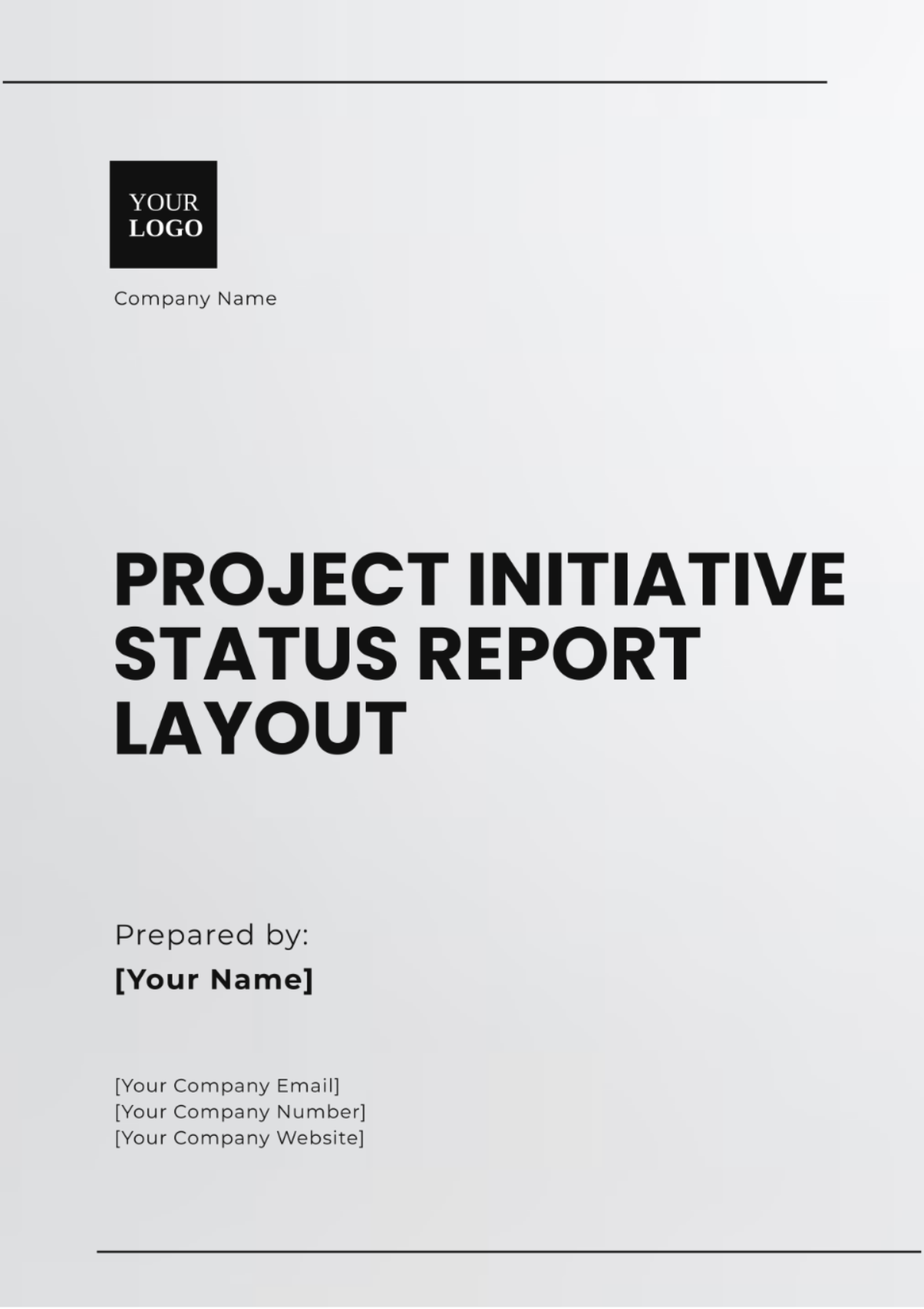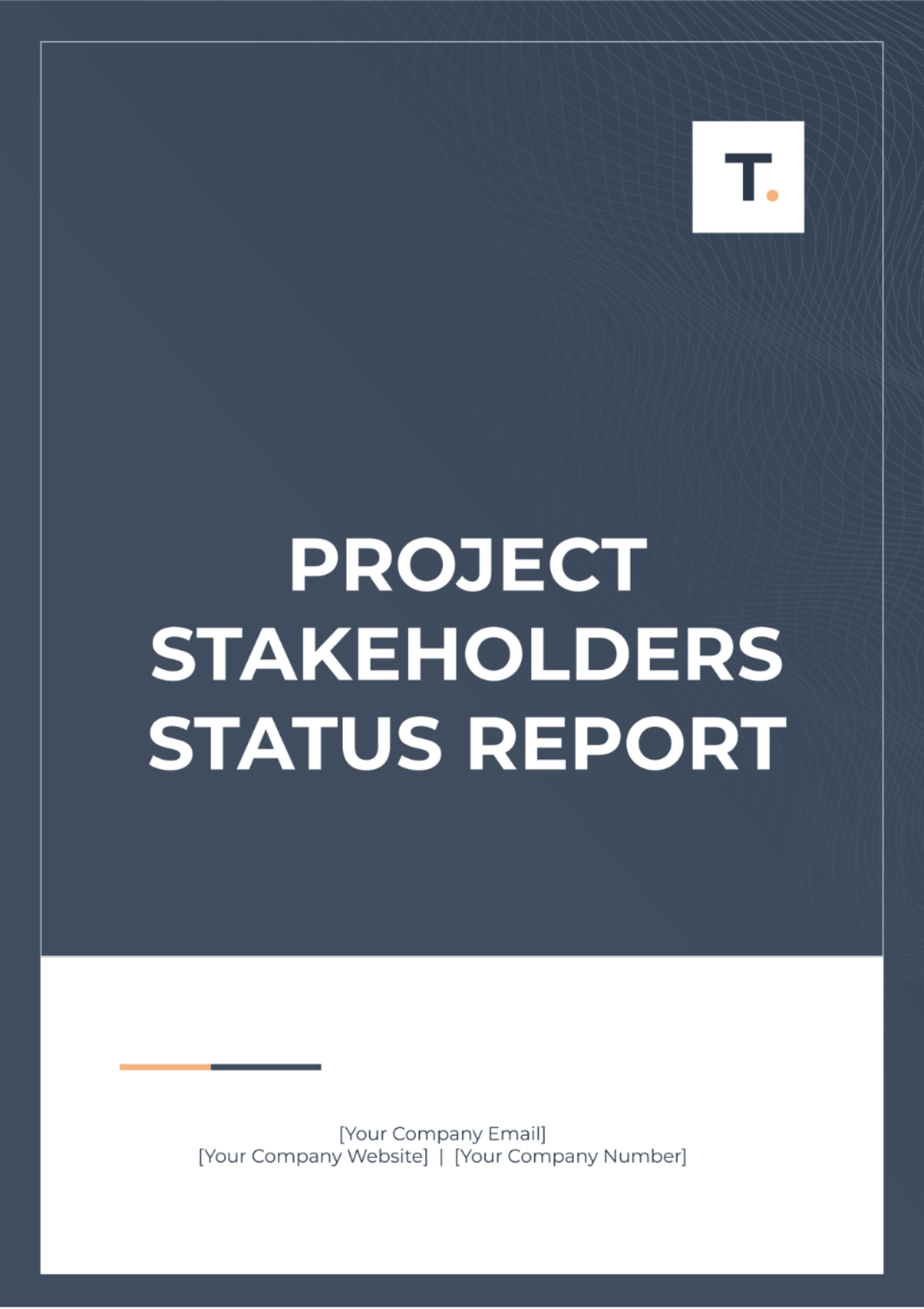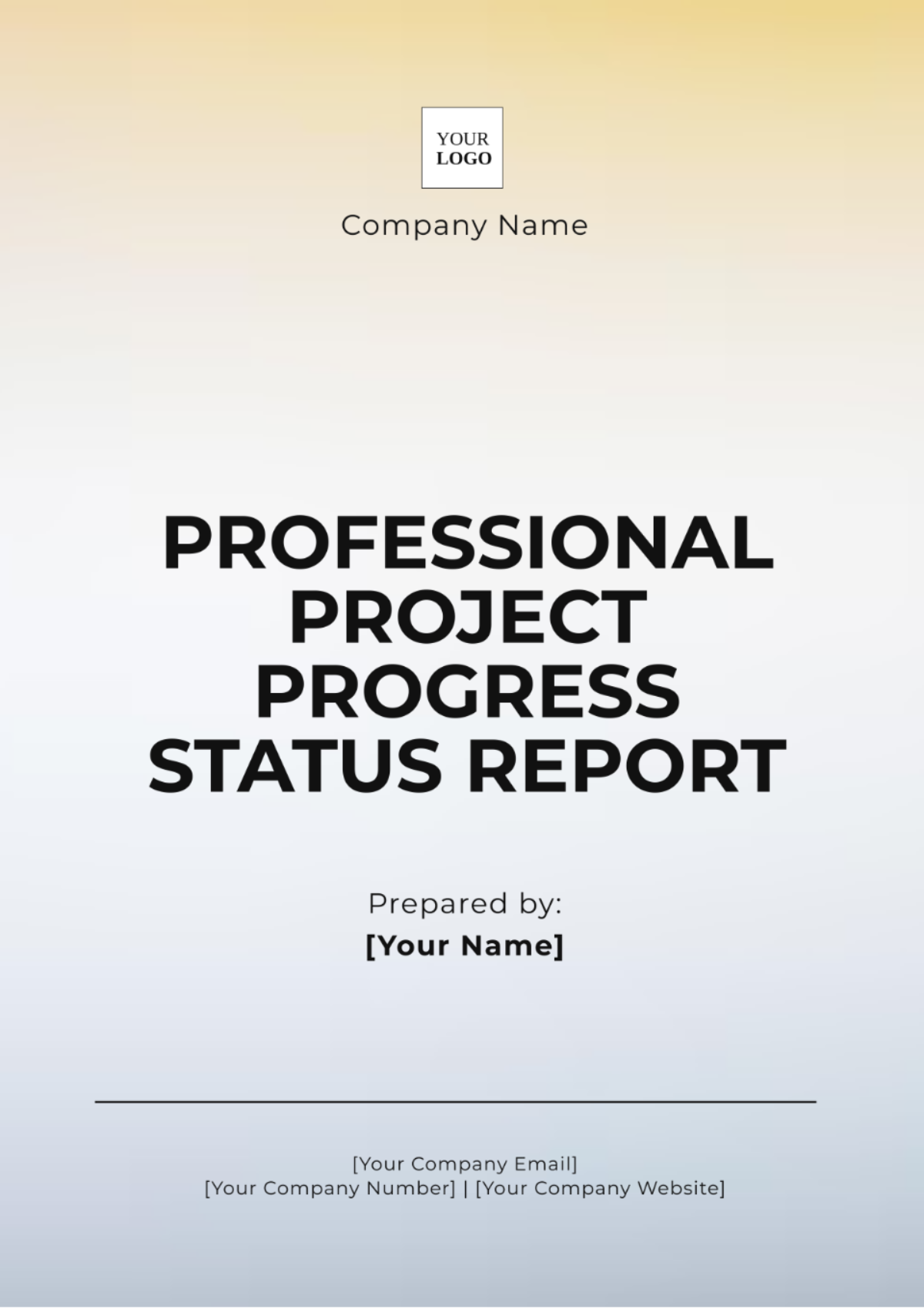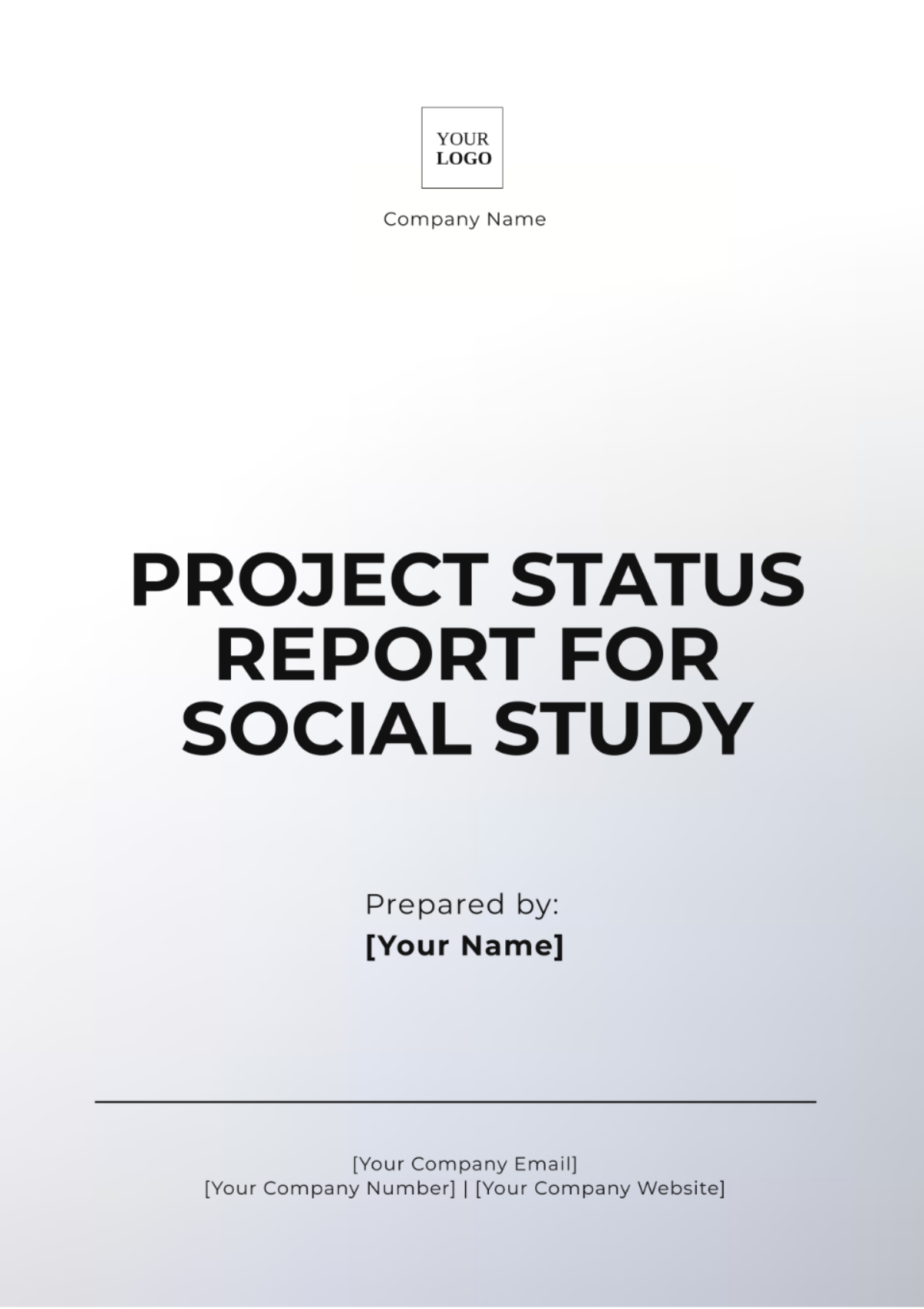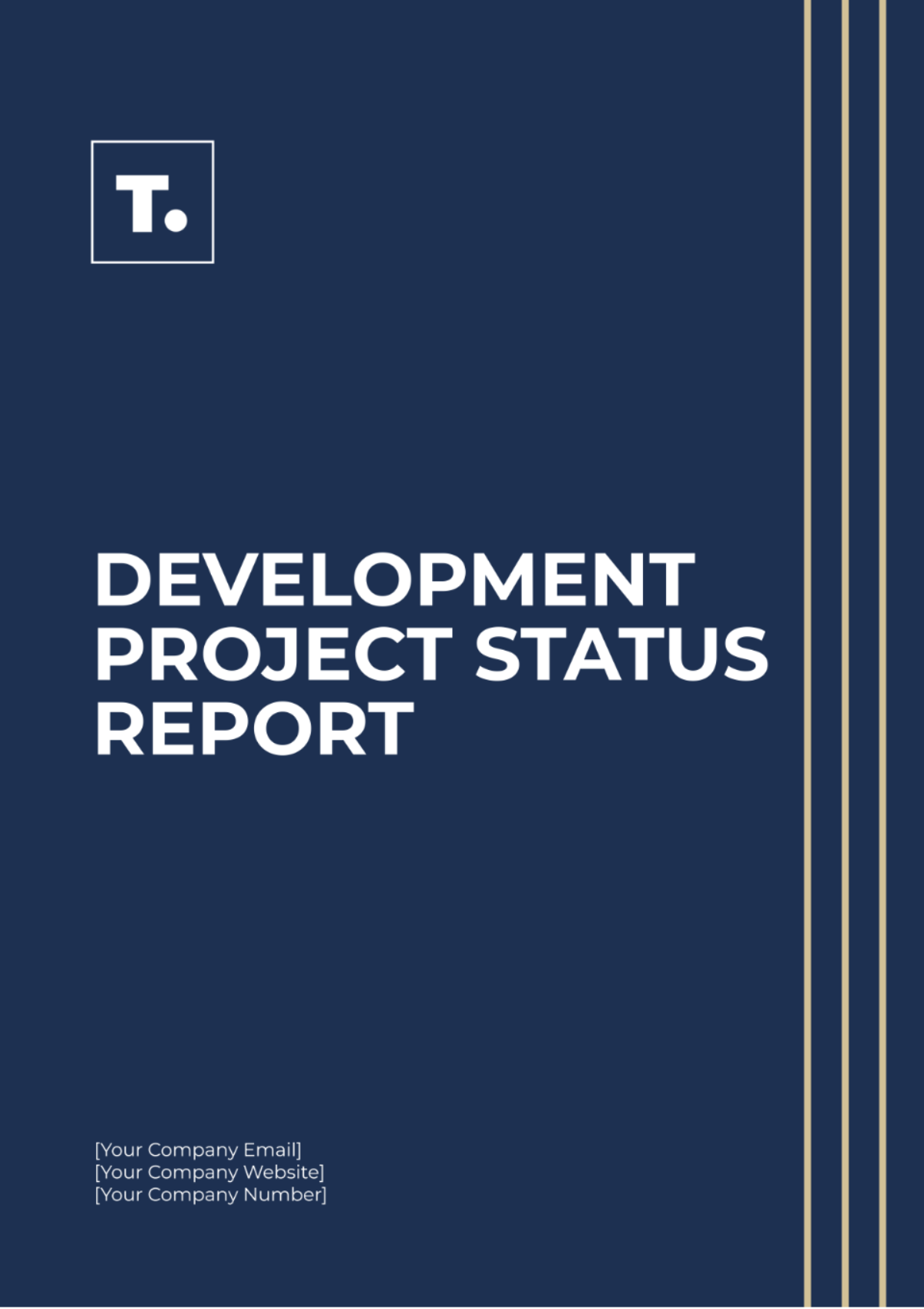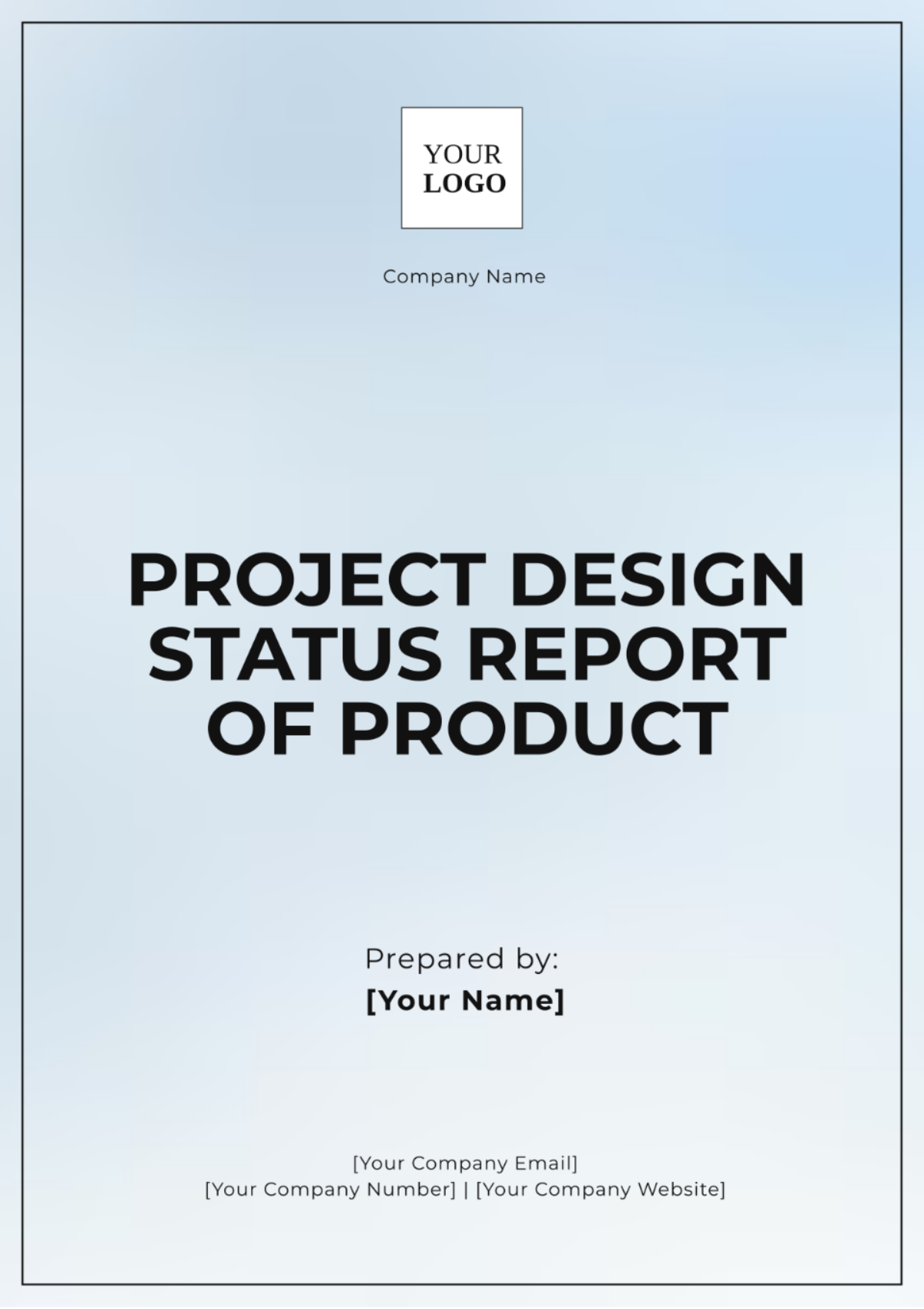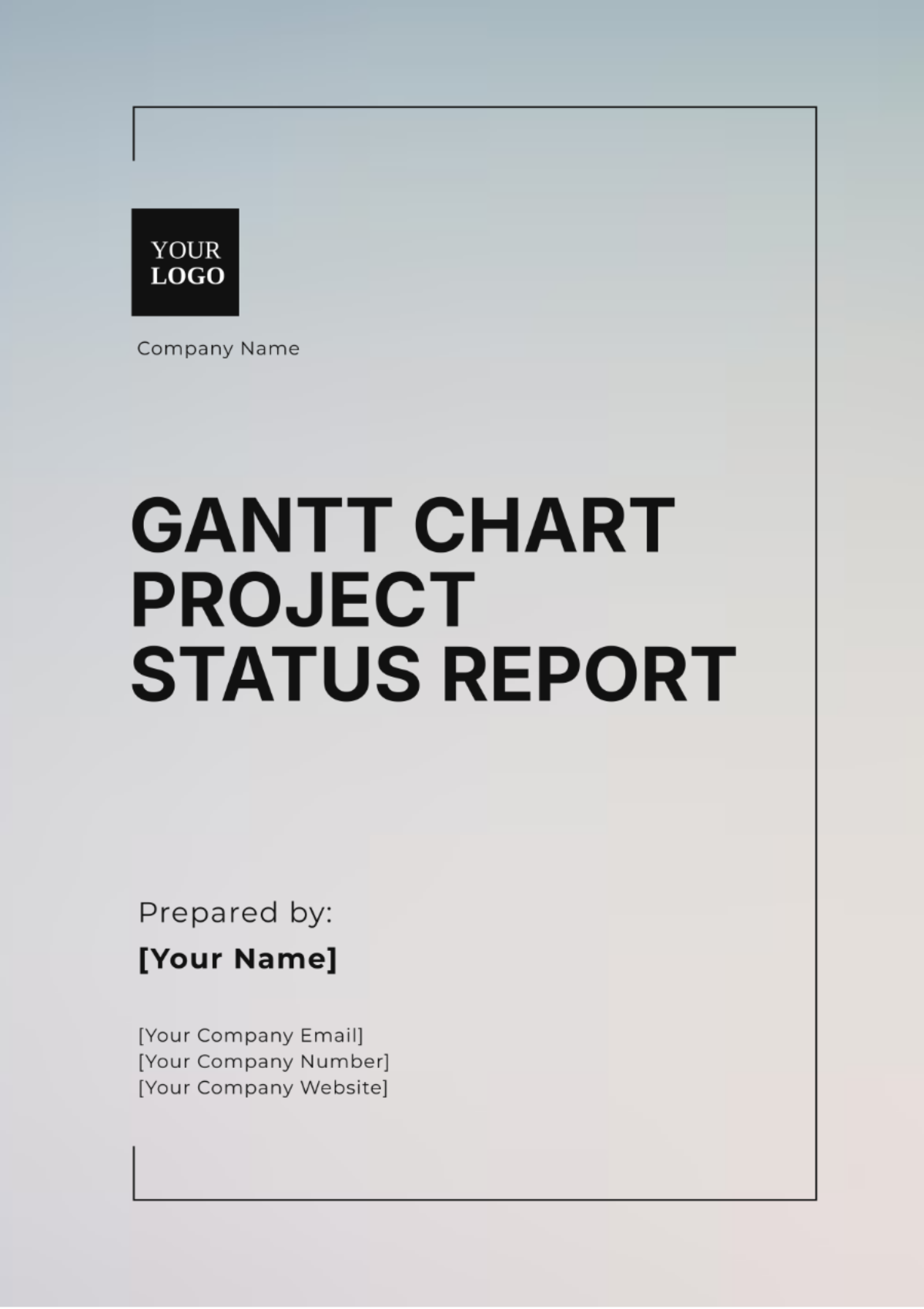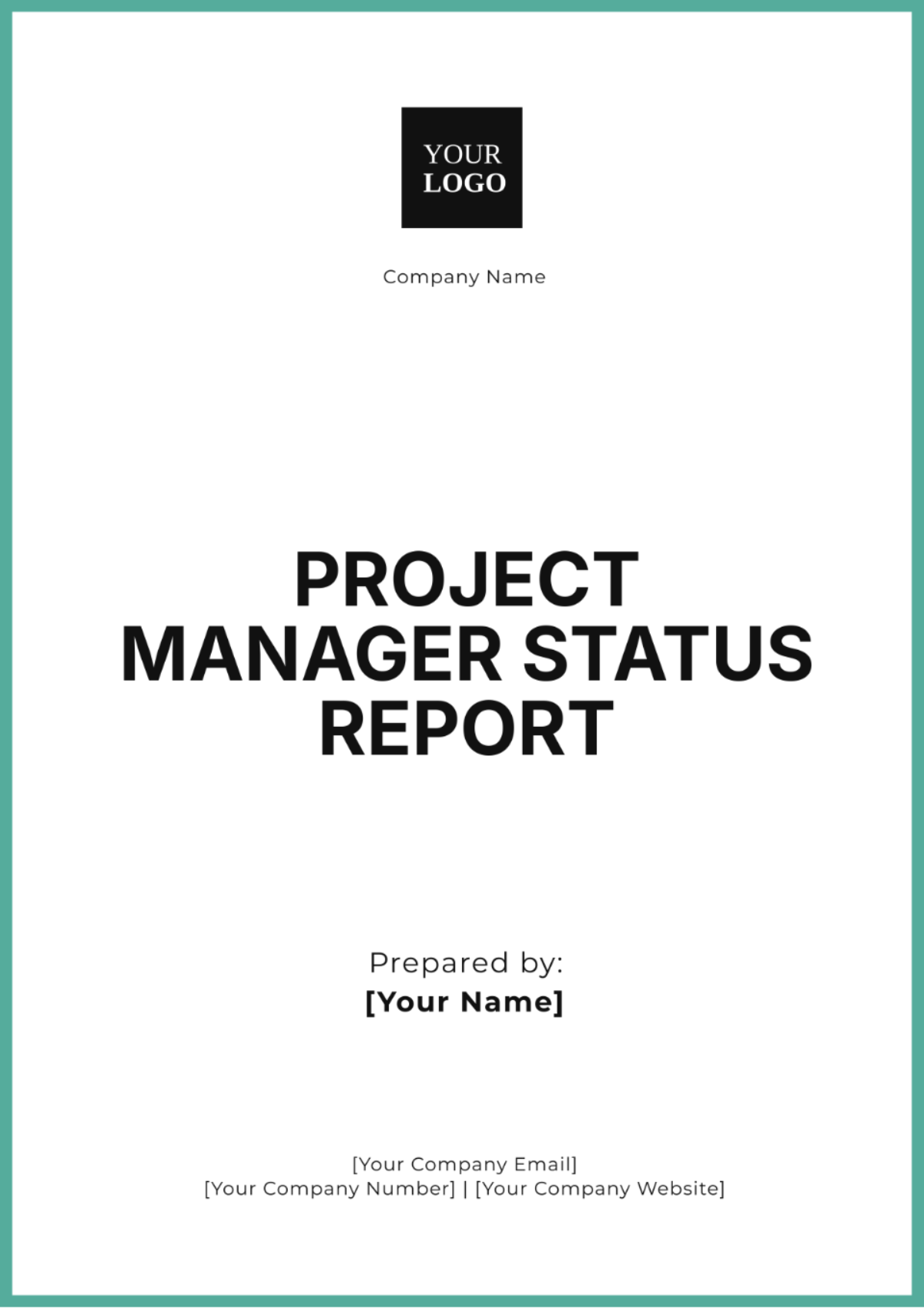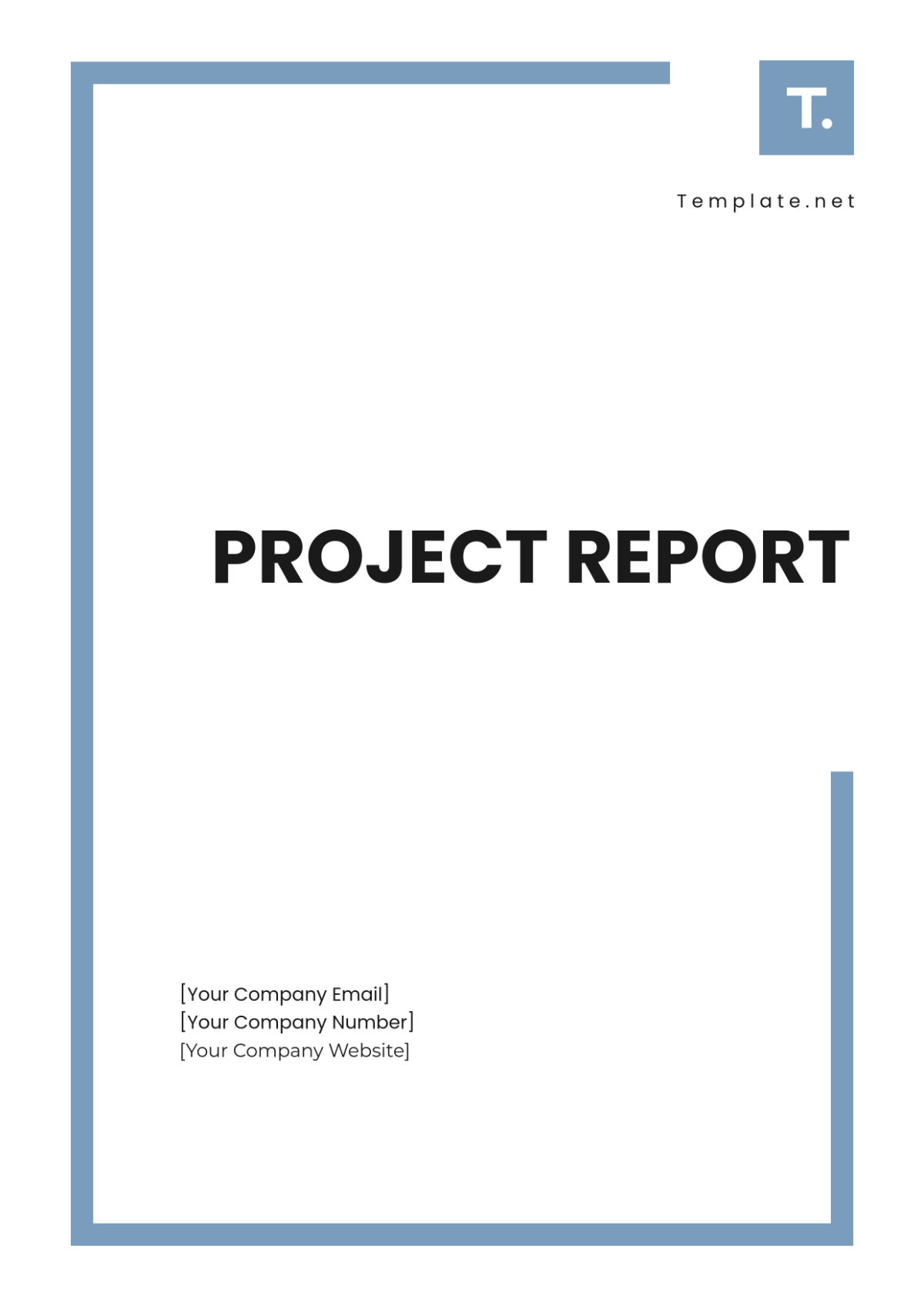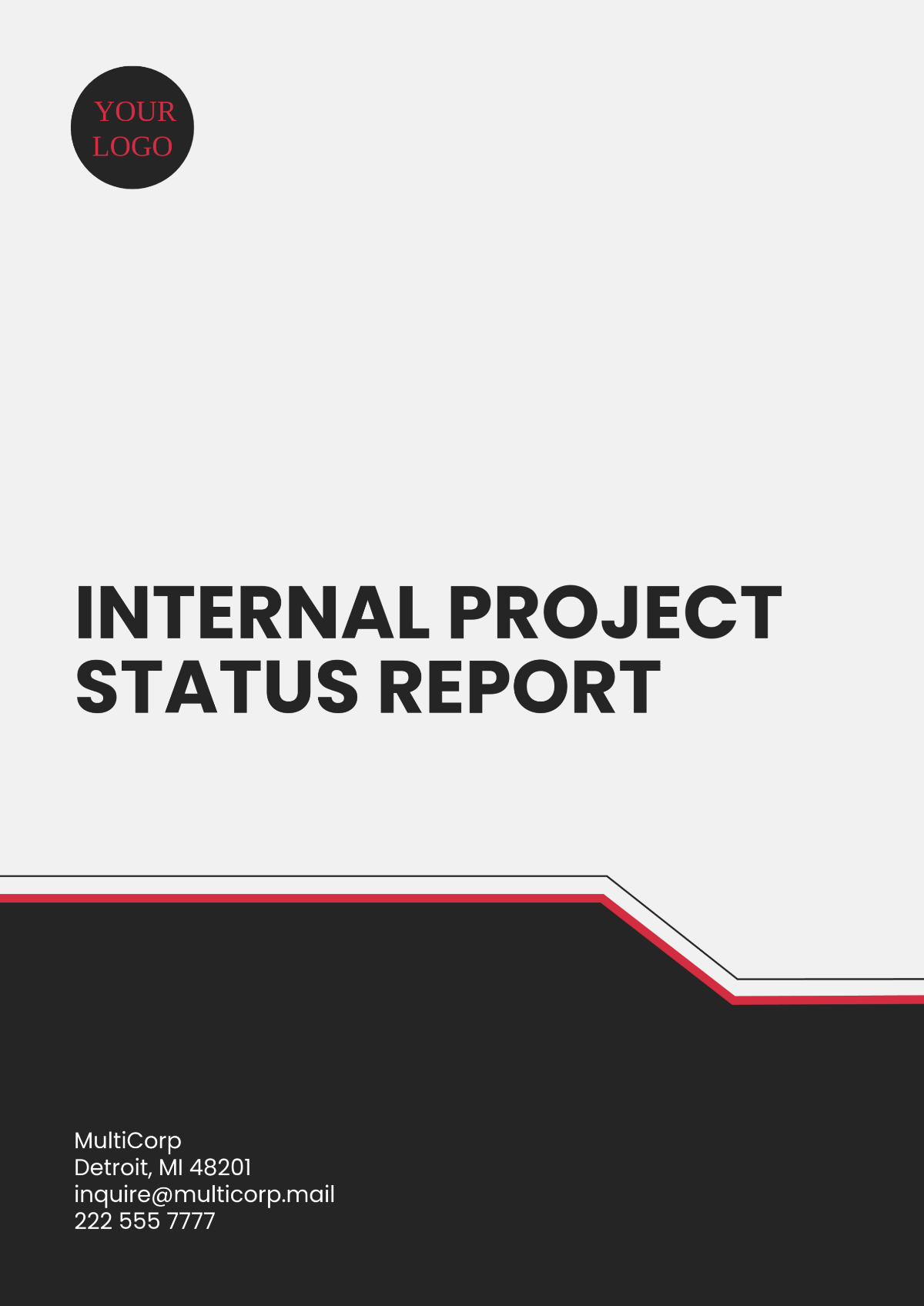Quarterly Project Status Progress Report
I. Executive Summary
[Your Company Name] is pleased to present the quarterly project progress report for the quarter ending March 31, 2051. This report provides a comprehensive overview of our ongoing projects, milestones achieved, and future project timelines. This quarter, we have focused on achieving key performance indicators and ensuring the project deliverables meet the highest quality standards.
II. Project Overview
A. Project Scope and Objectives
The primary objective of our key projects is to enhance operational efficiency and deliver greater value to our stakeholders. The scope includes the following:
Implementing new technology solutions
Expanding market presence
Improving customer satisfaction
Enhancing supply chain management
B. Project Milestones
Below is a summary of the significant milestones achieved this quarter:
Milestone | Completion Date | Status |
|---|---|---|
Initial Planning | January 15, 2051 | Completed |
Design Phase | February 28, 2051 | Completed |
Prototype Development | March 20, 2051 | In Progress |
III. Financial Overview
A. Budget Allocation
Our budget allocation for the quarter is as follows:
Category | Budget | Actual Expenditure |
|---|---|---|
Technology | $500,000 | $450,000 |
Marketing | $200,000 | $190,000 |
Operations | $300,000 | $310,000 |
B. Financial Performance
Our financial performance this quarter is summarized below:
IV. Risk Management
A. Identified Risks
Potential Risks for the Upcoming Quarter
As we prepare for the upcoming quarter, we have identified several key risks that could impact our operations and objectives:
Supply Chain Disruptions:
Nature of Risk: Potential delays or interruptions in the supply chain affecting the availability of essential materials or components.
Impact: Could lead to production delays, increased costs, or customer dissatisfaction.
Examples: Issues with transportation, raw material shortages, or supplier insolvency.
Cybersecurity Threats:
Nature of Risk: Increasing cyber threats such as data breaches, ransomware attacks, or phishing attempts targeting our systems and sensitive information.
Impact: Potential loss of data, disruption of operations, financial losses, and damage to reputation.
Examples: Malware infections, unauthorized access attempts, or vulnerabilities in IT infrastructure.
Market Volatility:
Nature of Risk: Fluctuations in market conditions affecting demand, pricing, or investment returns.
Impact: Could impact sales revenue, profitability, and overall financial stability.
Examples: Economic downturns, geopolitical events, or shifts in consumer behavior.
B. Mitigation Strategies
Strategies to Address Identified Risks
To mitigate these risks effectively, we have developed comprehensive strategies aimed at minimizing their impact and ensuring business continuity:
Strengthening Supplier Relationships:
Actions: Foster closer partnerships with key suppliers through regular communication and collaboration.
Risk Assessment: Conduct risk assessments of suppliers to identify vulnerabilities and develop contingency plans.
Diversification: Explore alternative sourcing options to reduce dependency on single suppliers.
Enhancing Cybersecurity Measures:
Security Protocols: Implement robust cybersecurity protocols and best practices across all IT systems and networks.
Employee Training: Conduct regular training sessions to educate employees on cybersecurity threats and preventive measures.
Incident Response Plan: Develop and regularly update an incident response plan to quickly mitigate and recover from cyber incidents.
Diversifying Market Investments:
Portfolio Management: Review and diversify investment portfolios to spread risks across different markets and asset classes.
Market Research: Continuously monitor market trends and economic indicators to make informed investment decisions.
Hedging Strategies: Consider hedging strategies to protect against adverse market movements and volatility.
V. Key Takeaways and Future Plans
A. Lessons Learned
This quarter has highlighted several critical lessons that will inform our strategic approach moving forward:
Importance of Flexible Project Management:
Adaptability: Recognizing the need for project management frameworks that can respond to changes swiftly.
Agile Methodology: Emphasizing iterative development and quick decision-making to meet evolving project requirements.
Risk Management: Proactively identifying and mitigating risks through flexible project planning and execution.
Need for Continuous Innovation:
Market Dynamics: Understanding the rapid pace of technological advancements and market changes.
Innovation Culture: Cultivating an environment that fosters creativity and encourages new ideas.
Competitive Edge: Leveraging innovation to differentiate products and services in a competitive landscape.
Value of Stakeholder Engagement:
Collaboration: Engaging stakeholders early and throughout the project lifecycle to align goals and expectations.
Feedback Loop: Incorporating feedback from stakeholders to refine strategies and improve outcomes.
Relationship Building: Building strong relationships with stakeholders to enhance trust and cooperation.
B. Next Steps
Looking ahead to the next quarter, our focus will be on achieving key milestones and advancing strategic initiatives:
Completion of Prototype Development:
Objective: Finalize the development of prototypes for new products or enhancements.
Activities: Conduct thorough testing and validation to ensure functionality and reliability.
Timeline: Set clear deadlines for prototype completion and readiness for the next phase.
Initiation of Pilot Testing:
Objective: Launch pilot tests to evaluate product performance in real-world conditions.
Testing Parameters: Define criteria and metrics for pilot testing to gather actionable feedback.
Feedback Integration: Incorporate insights from pilot testing to iterate and refine the product before full-scale launch.
Launch of New Market Campaigns:
Objective: Introduce targeted marketing campaigns to promote new products or services.
Campaign Strategy: Develop compelling messaging and creative assets to resonate with target audiences.
Multichannel Approach: Utilize digital marketing, social media, and traditional channels to maximize reach and engagement.
VI. Contact Information
For any inquiries, please contact:
Name: | [Your Name] |
Email: | [Your Email] |
Phone: | [Your Company Number] |
Company: | [Your Company Name] |
Address: | [Your Company Address] |
Website: | [Your Company Website] |
Social Media: | [Your Company Social Media] |

